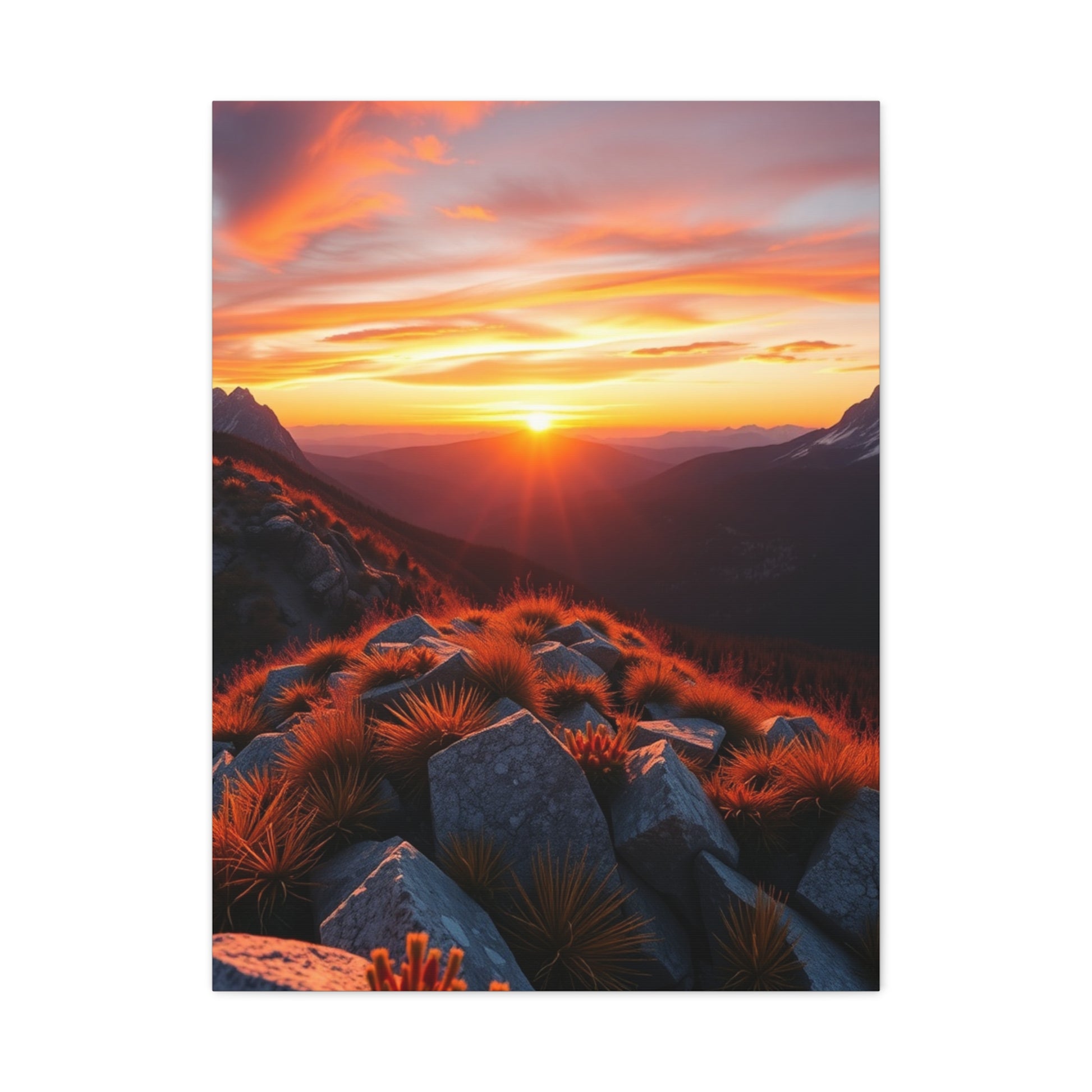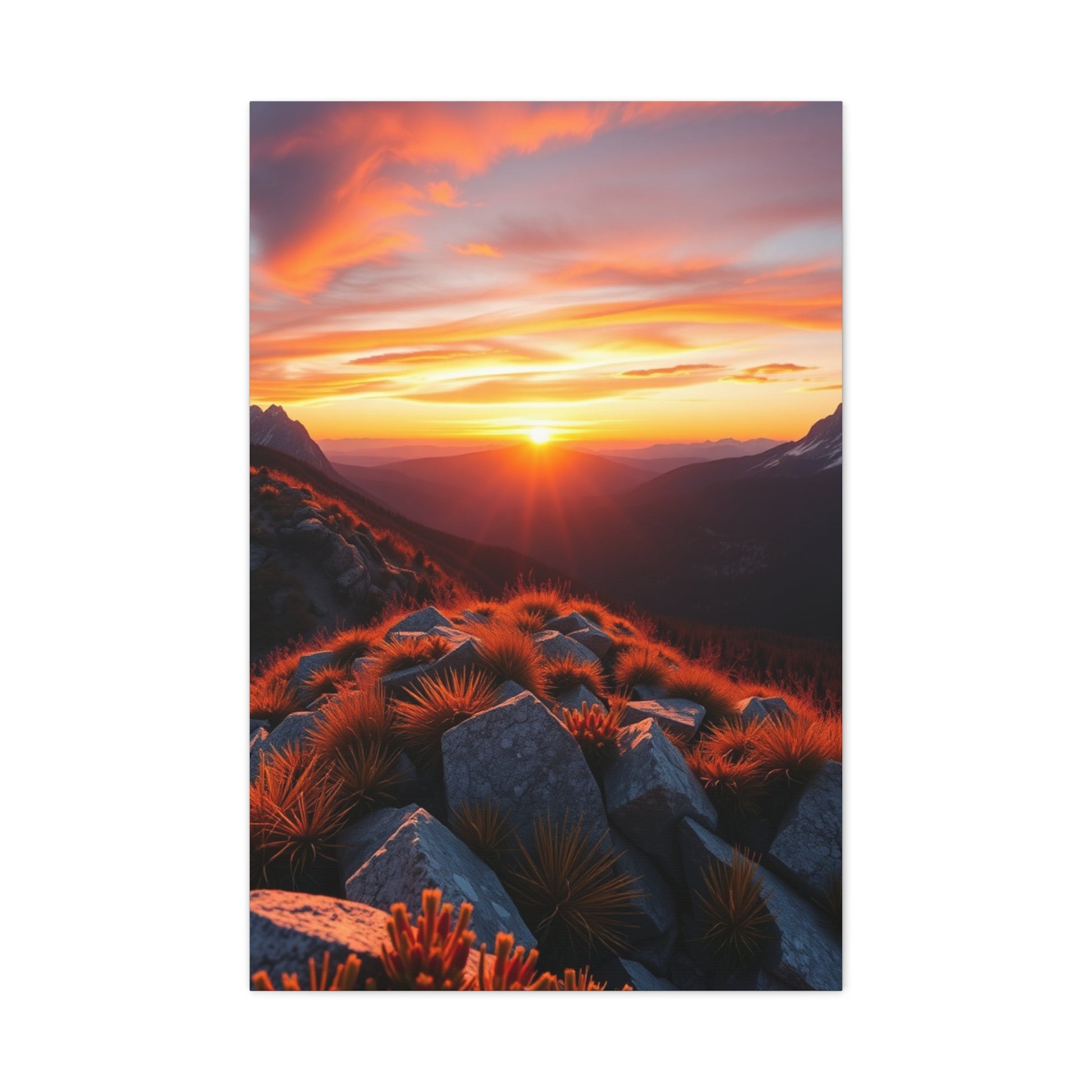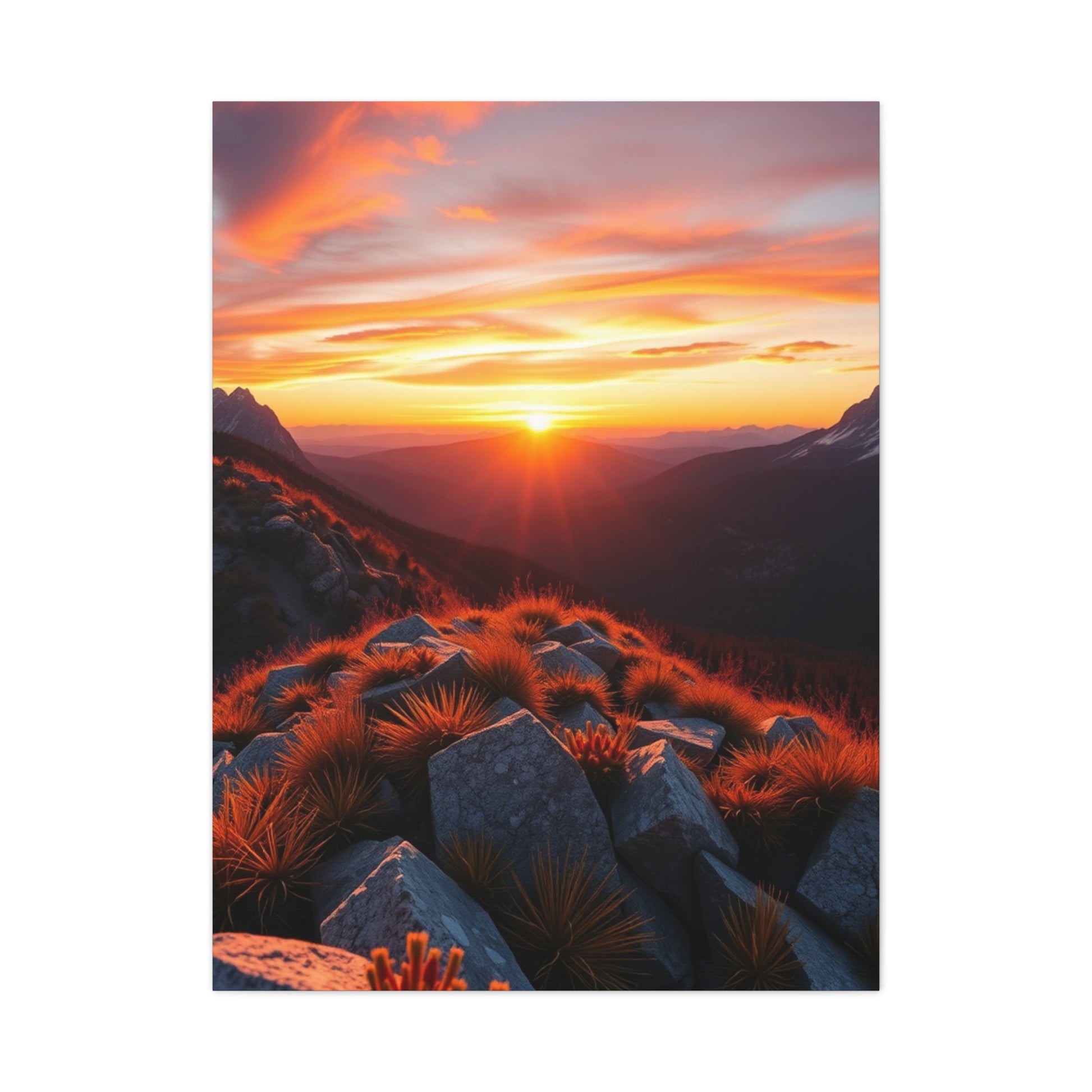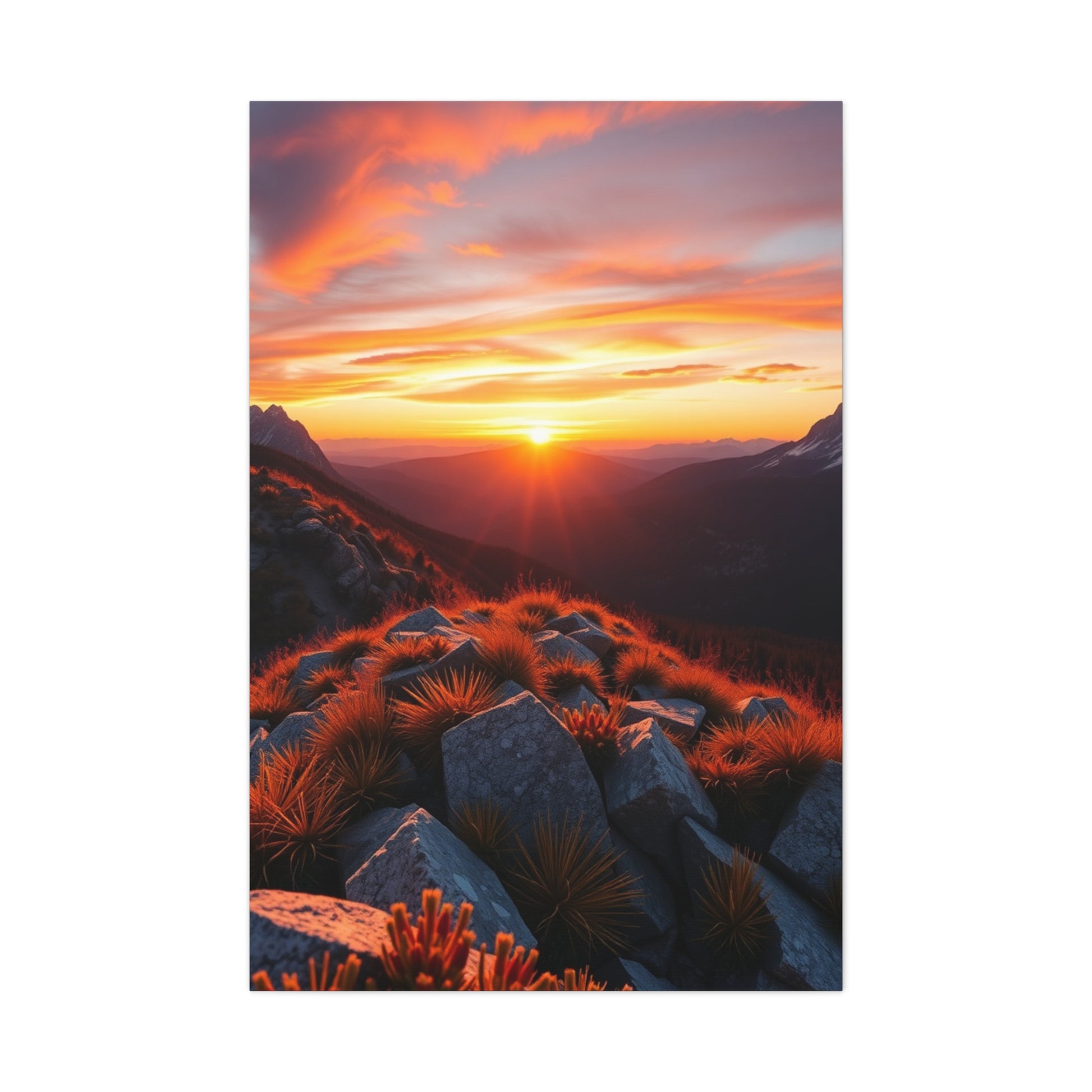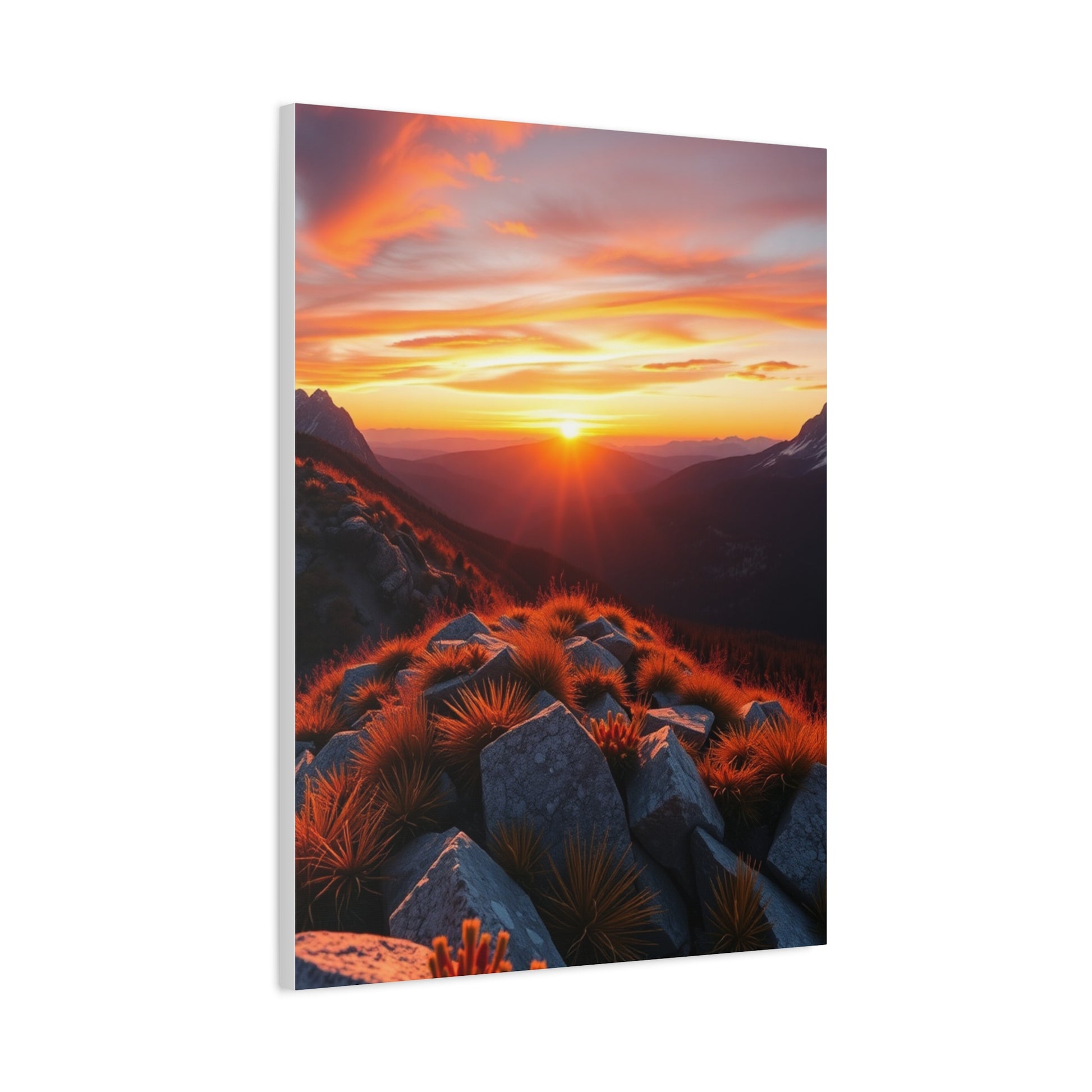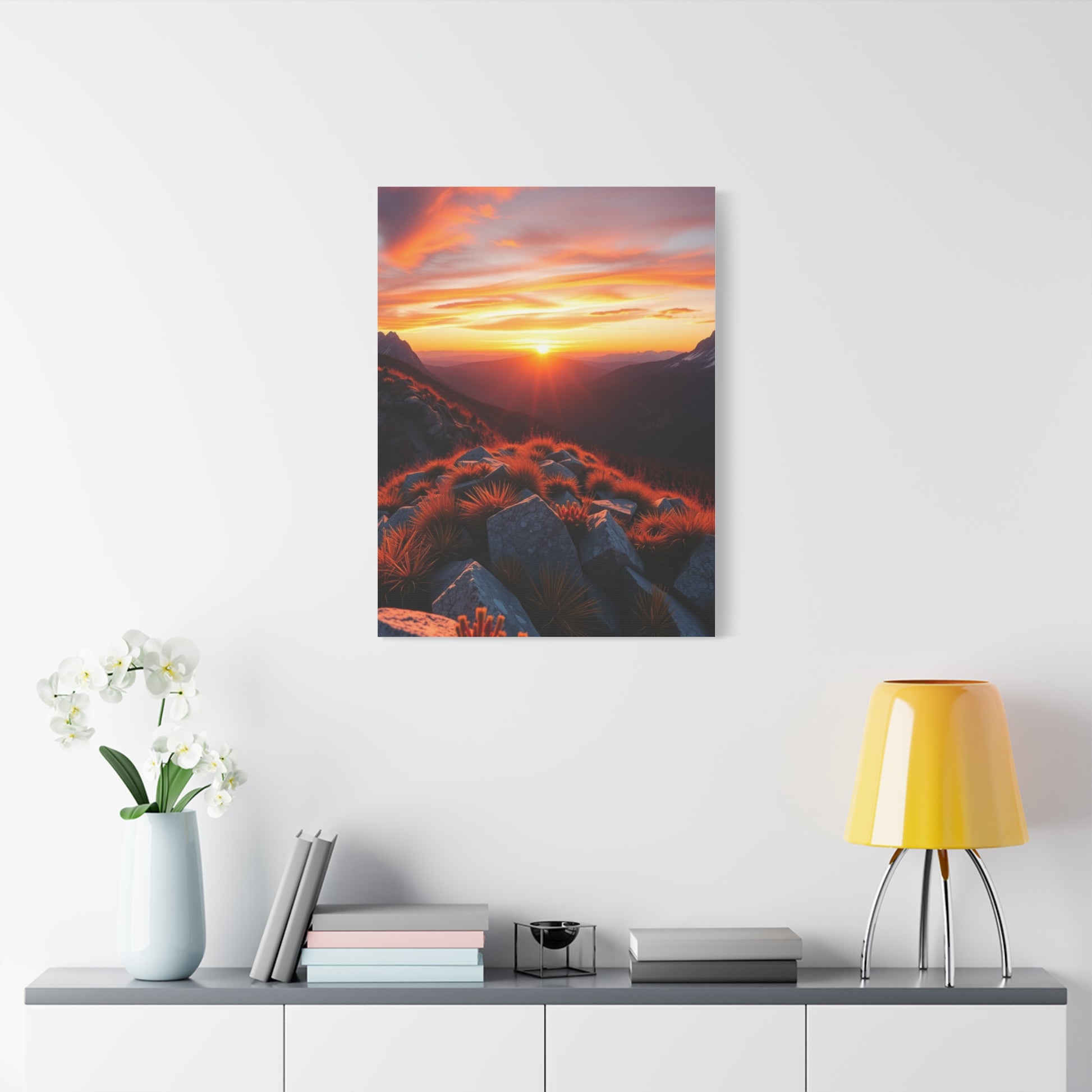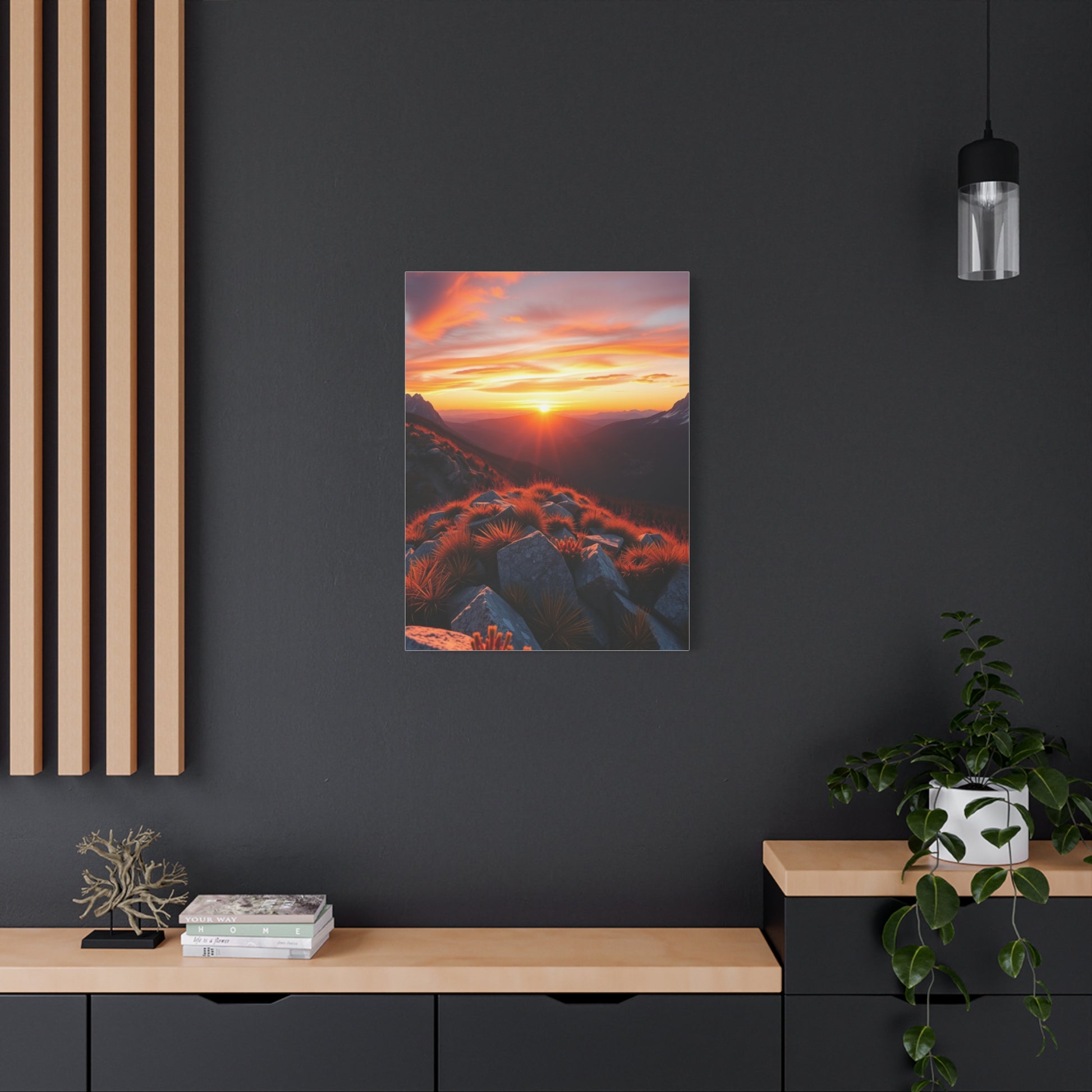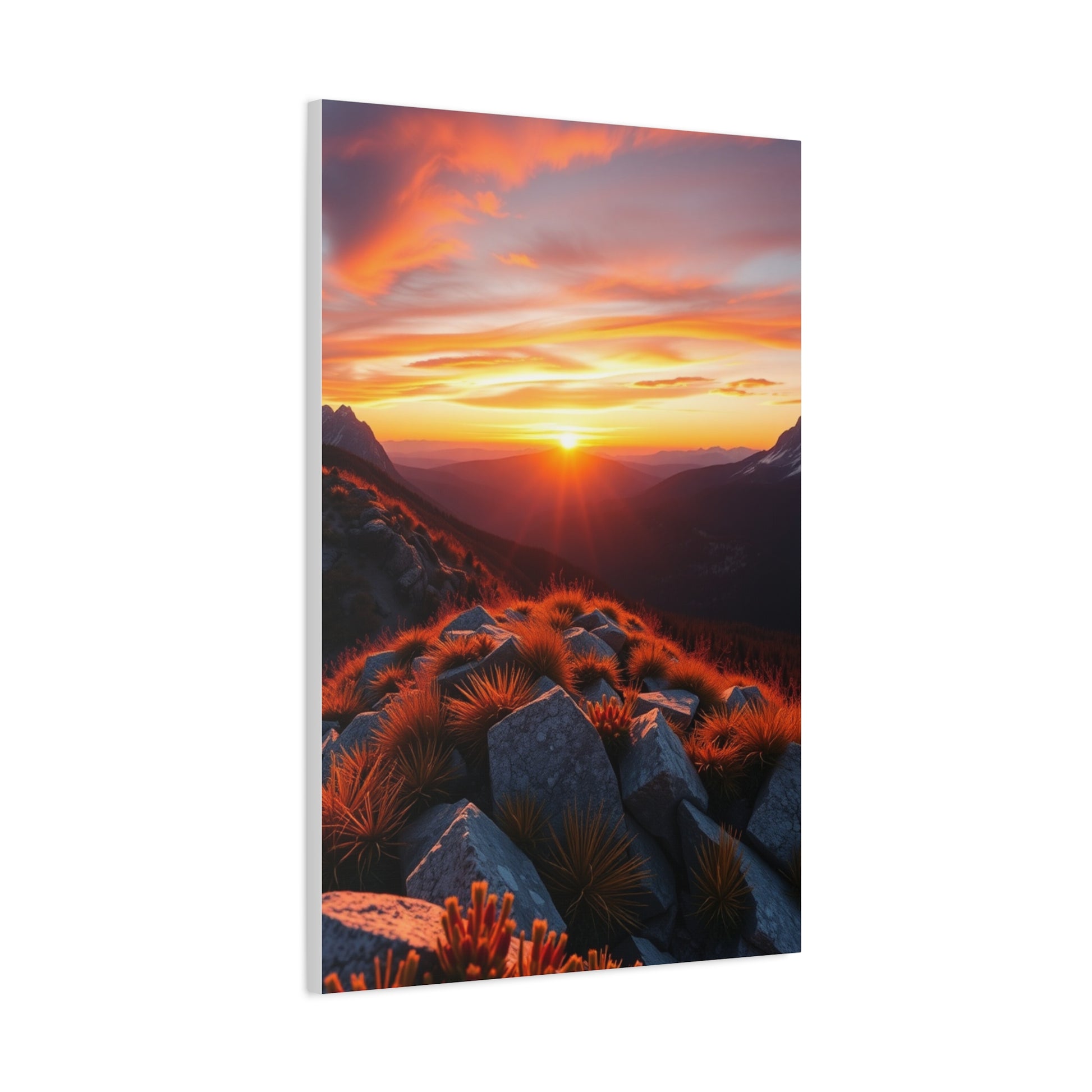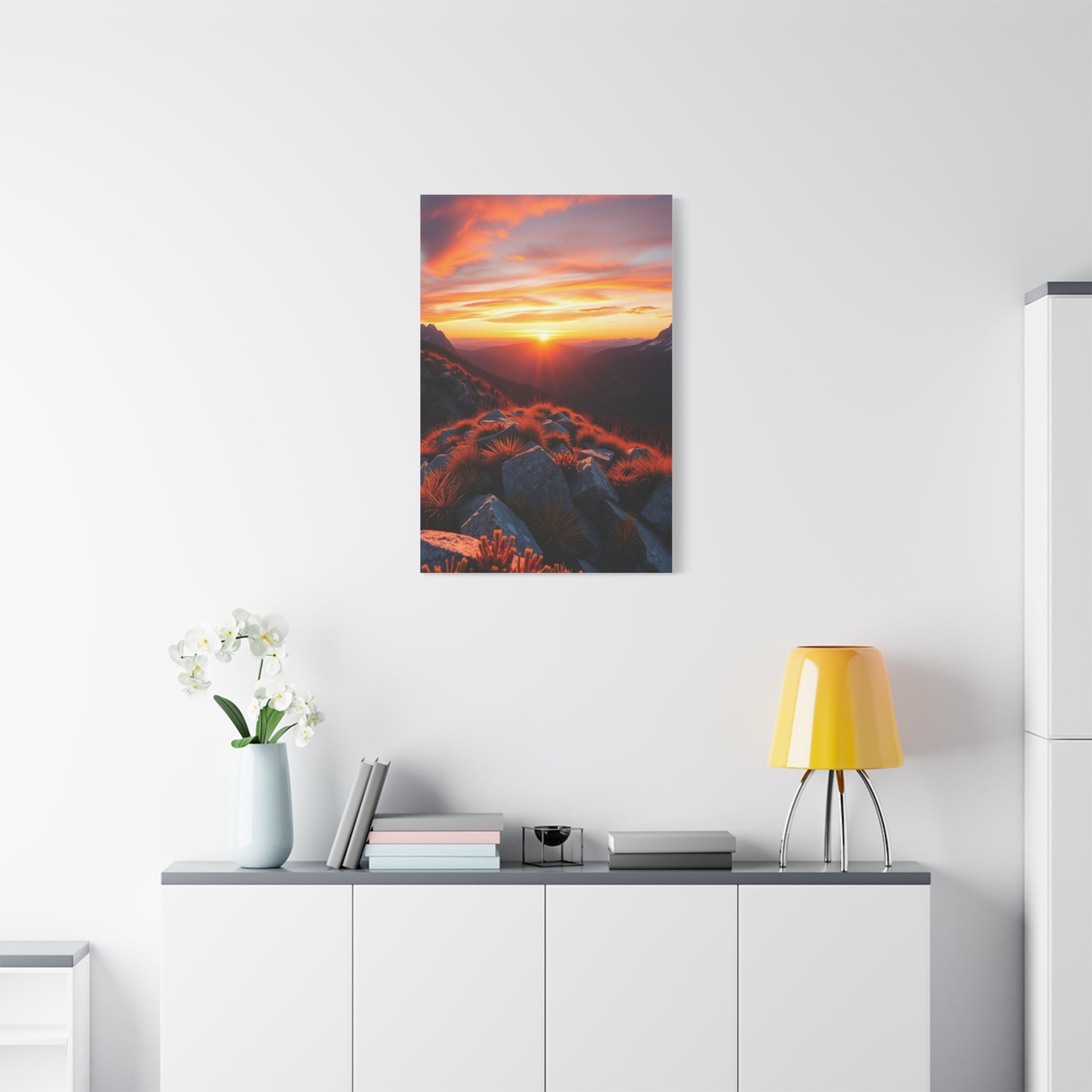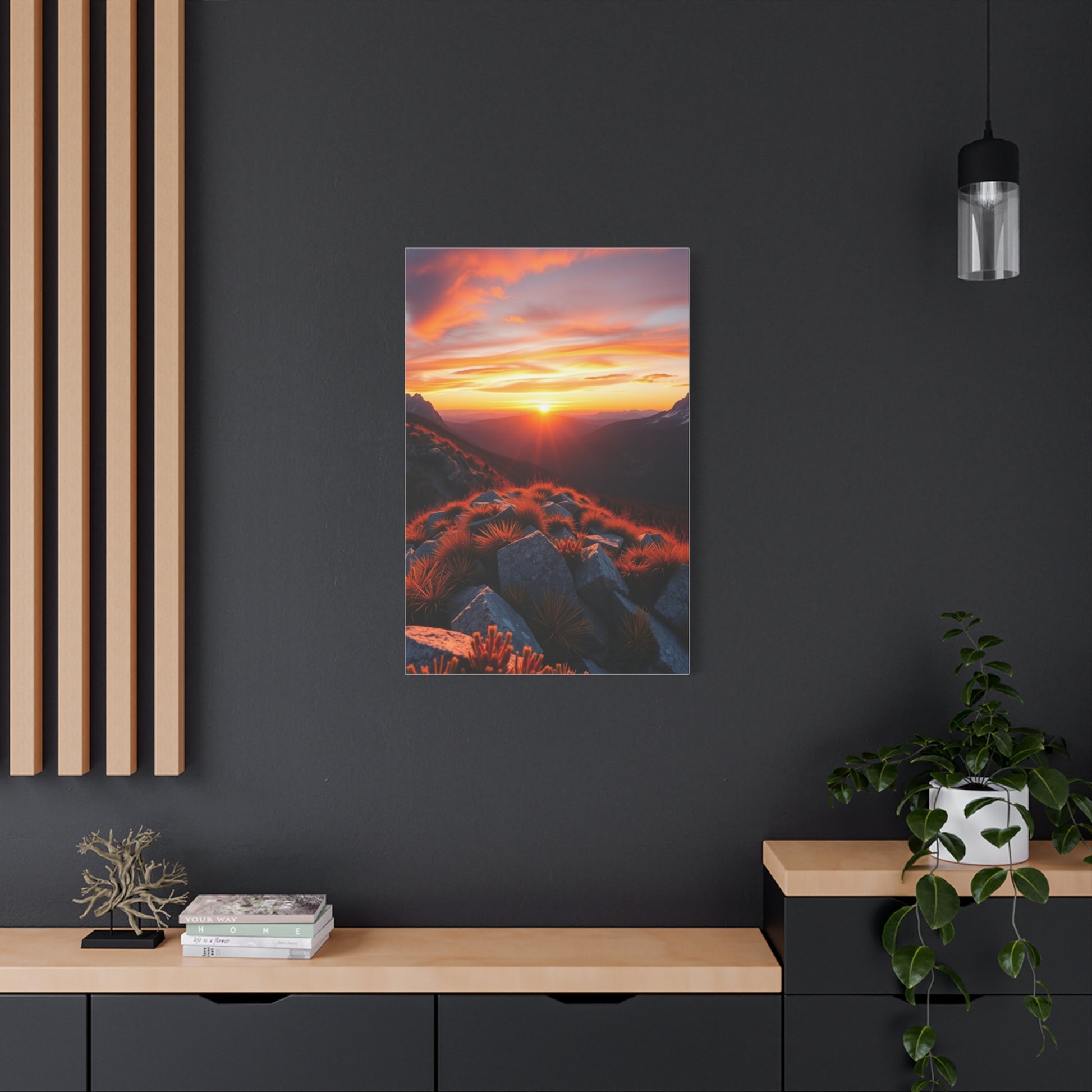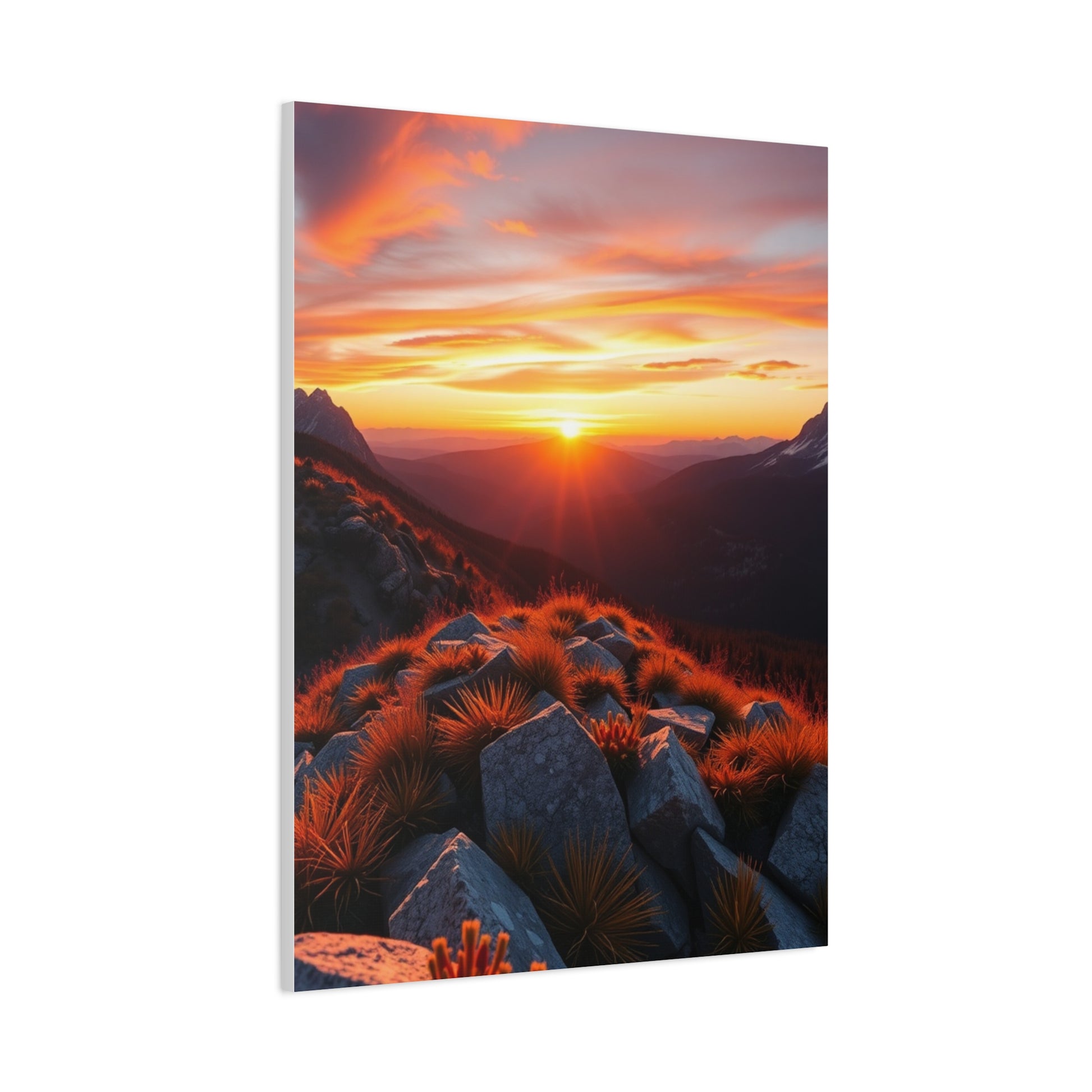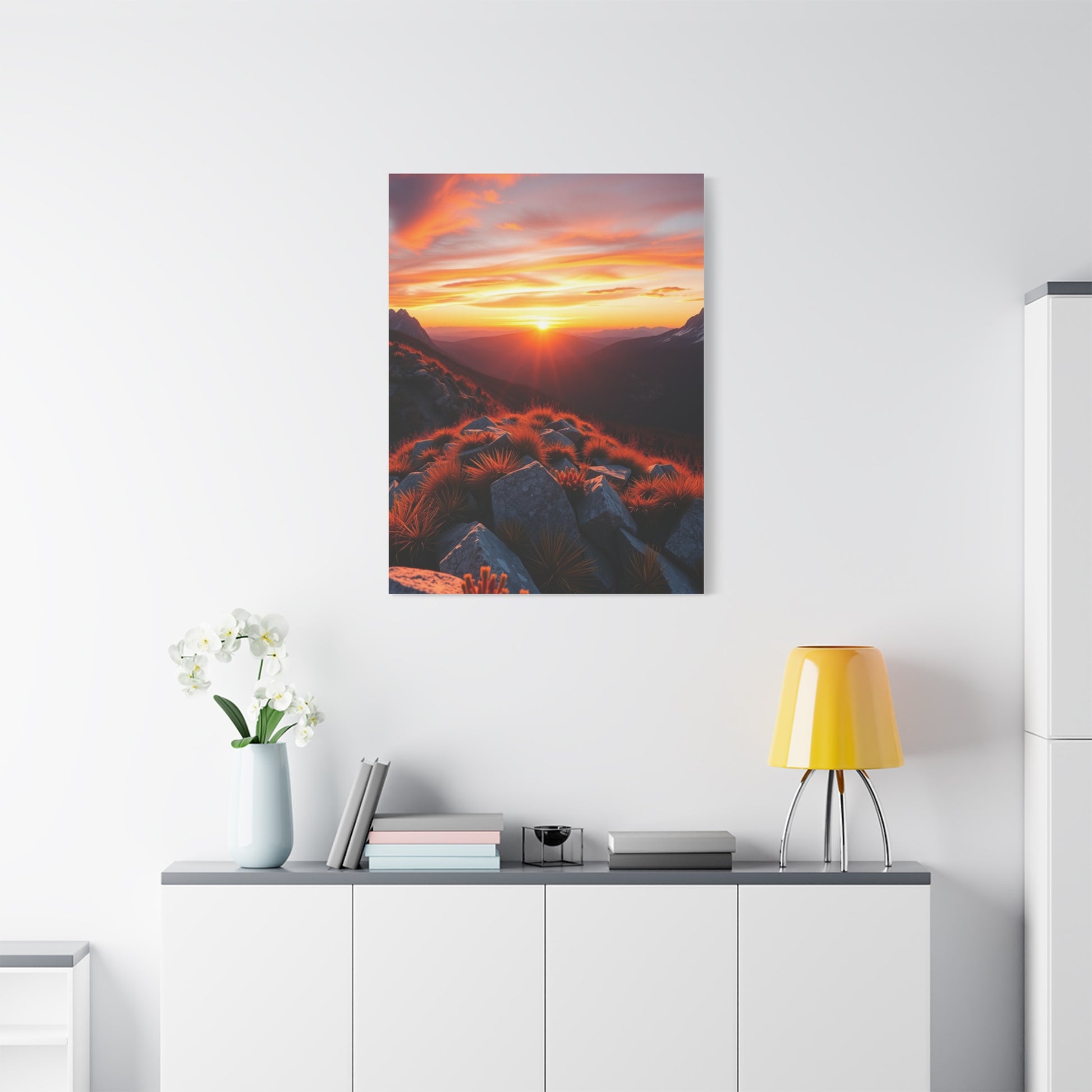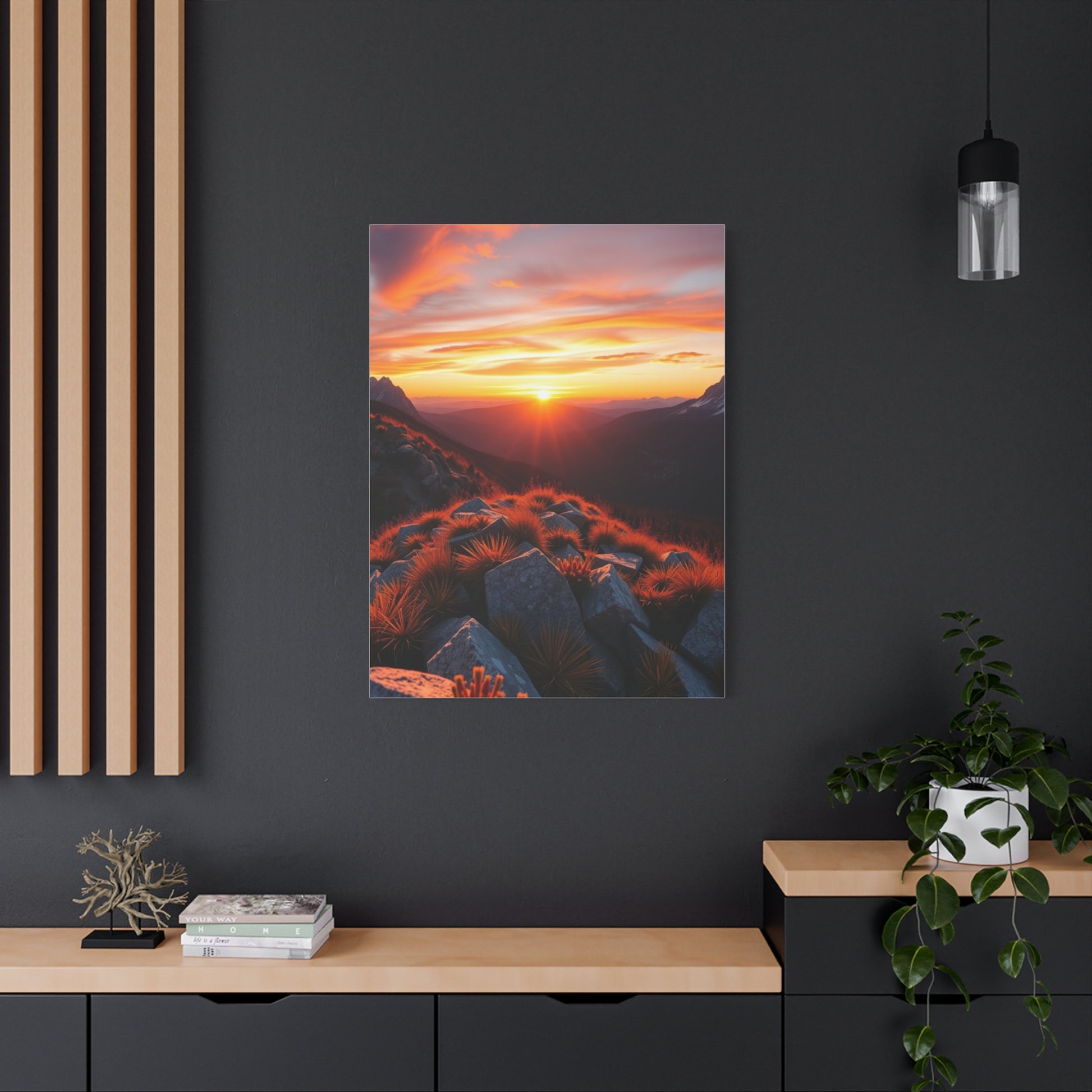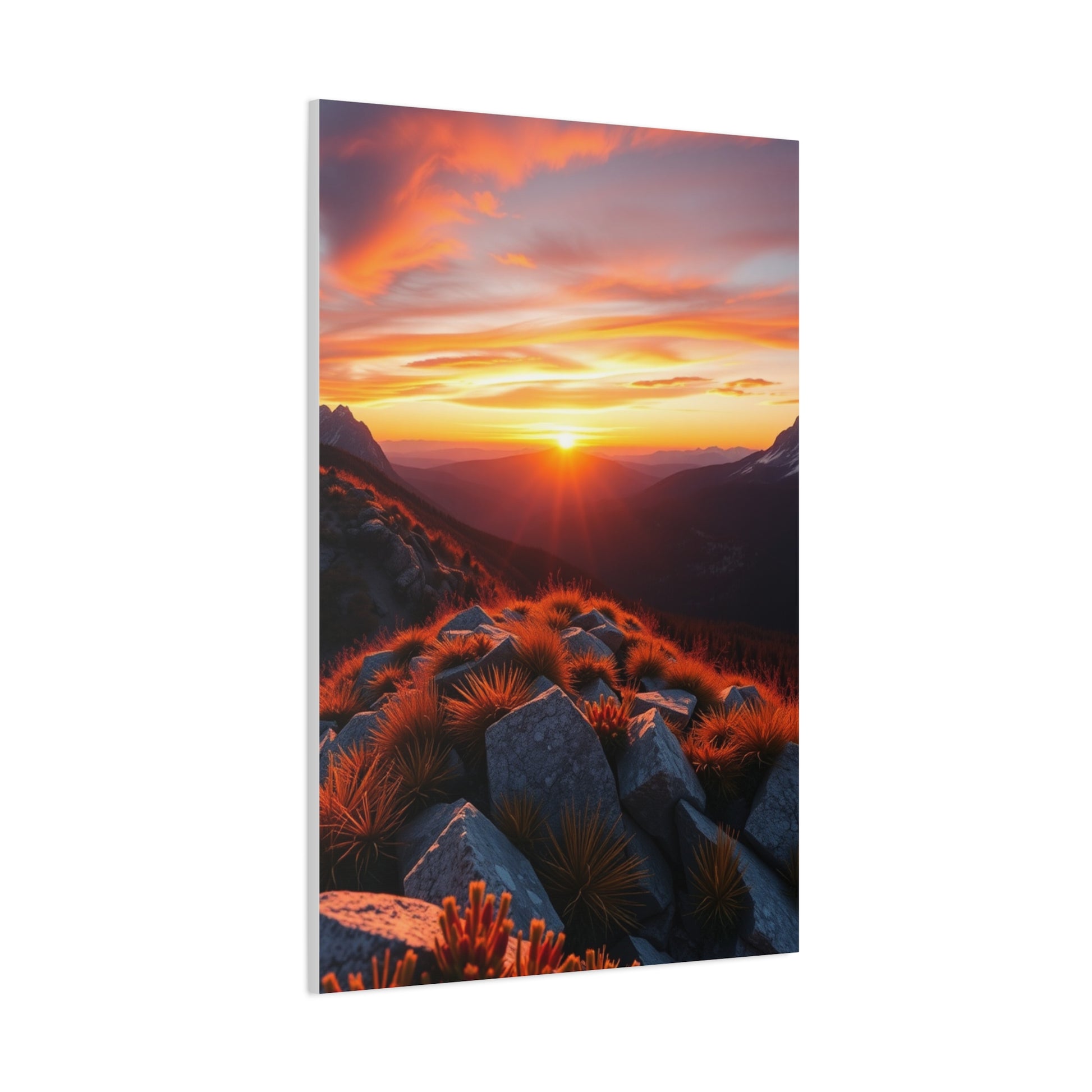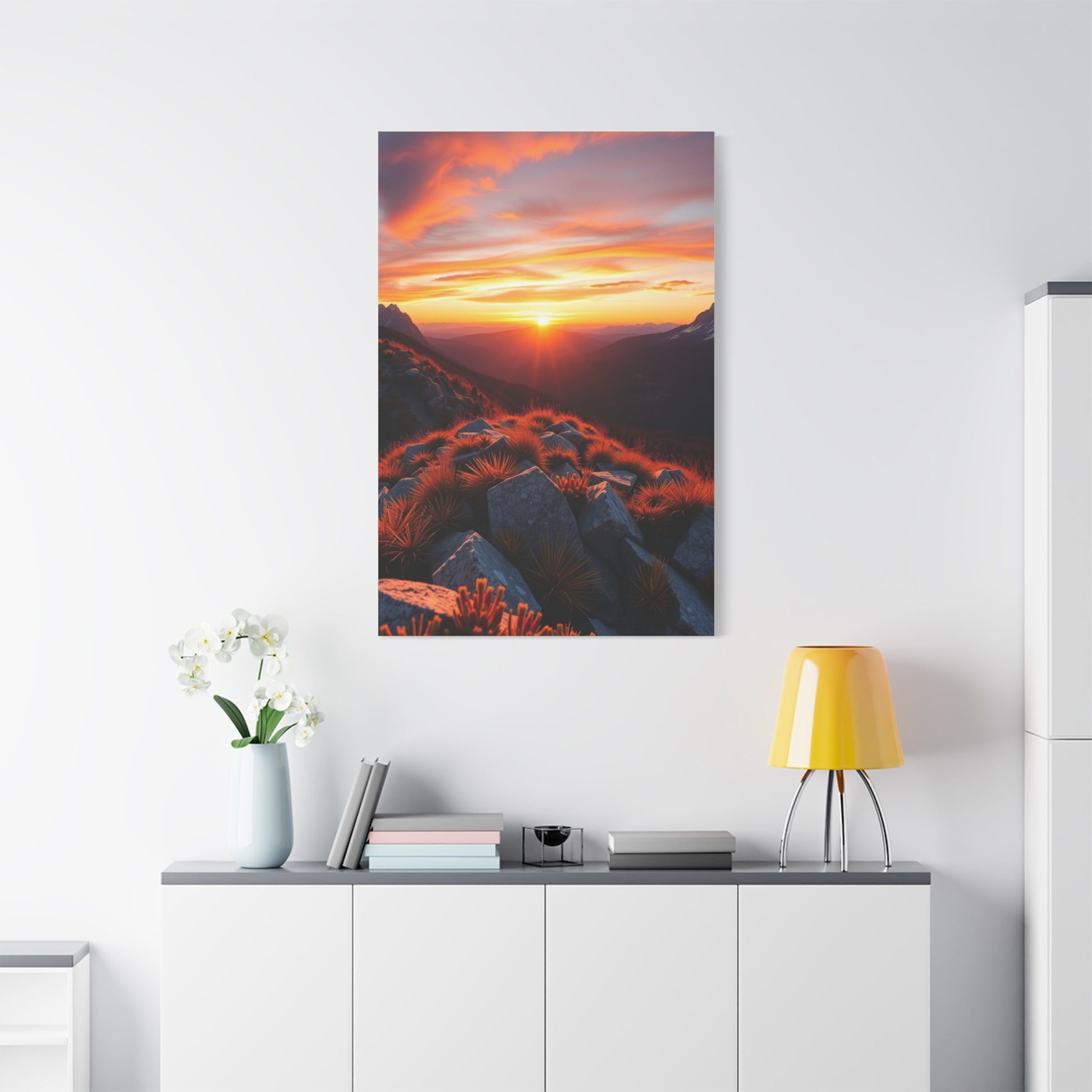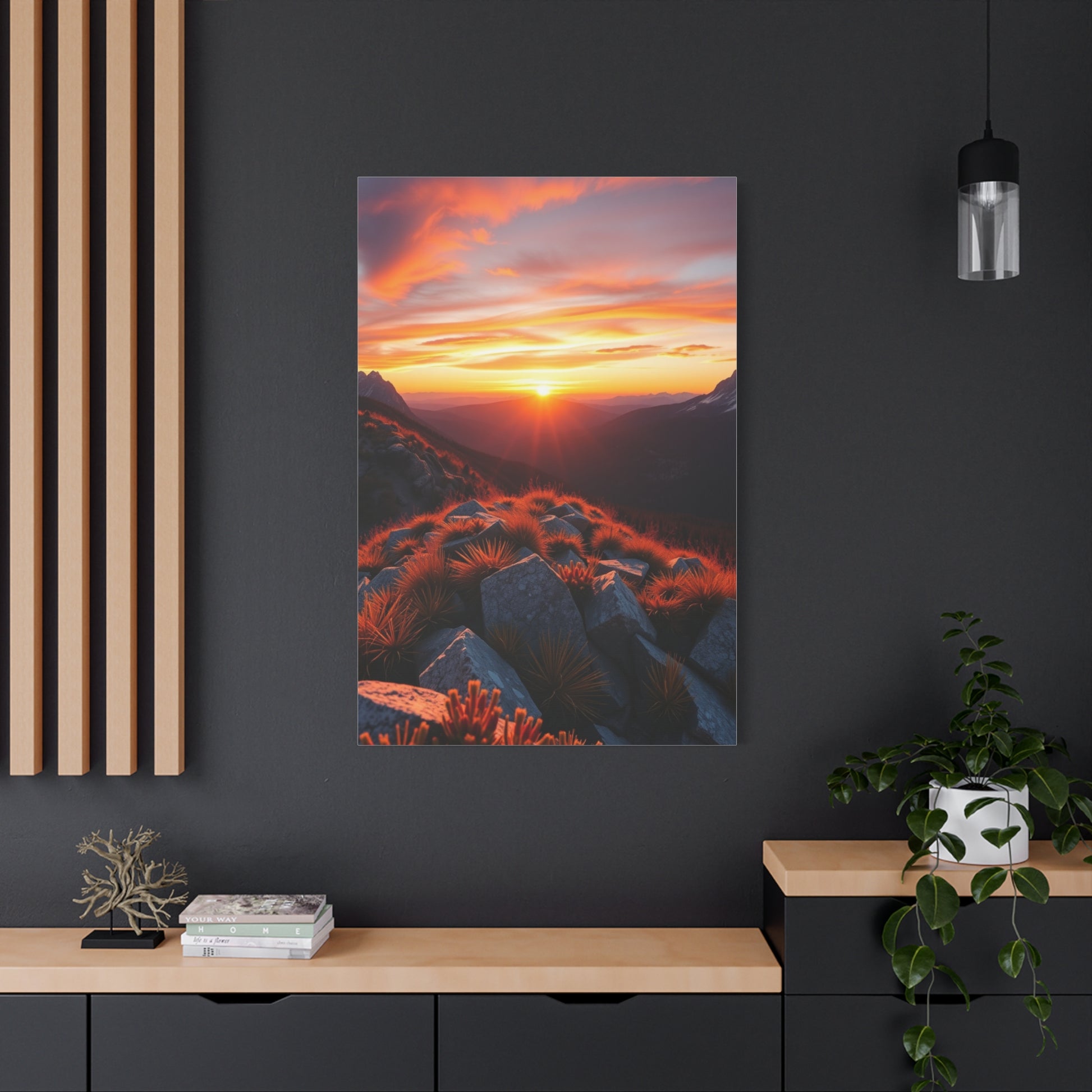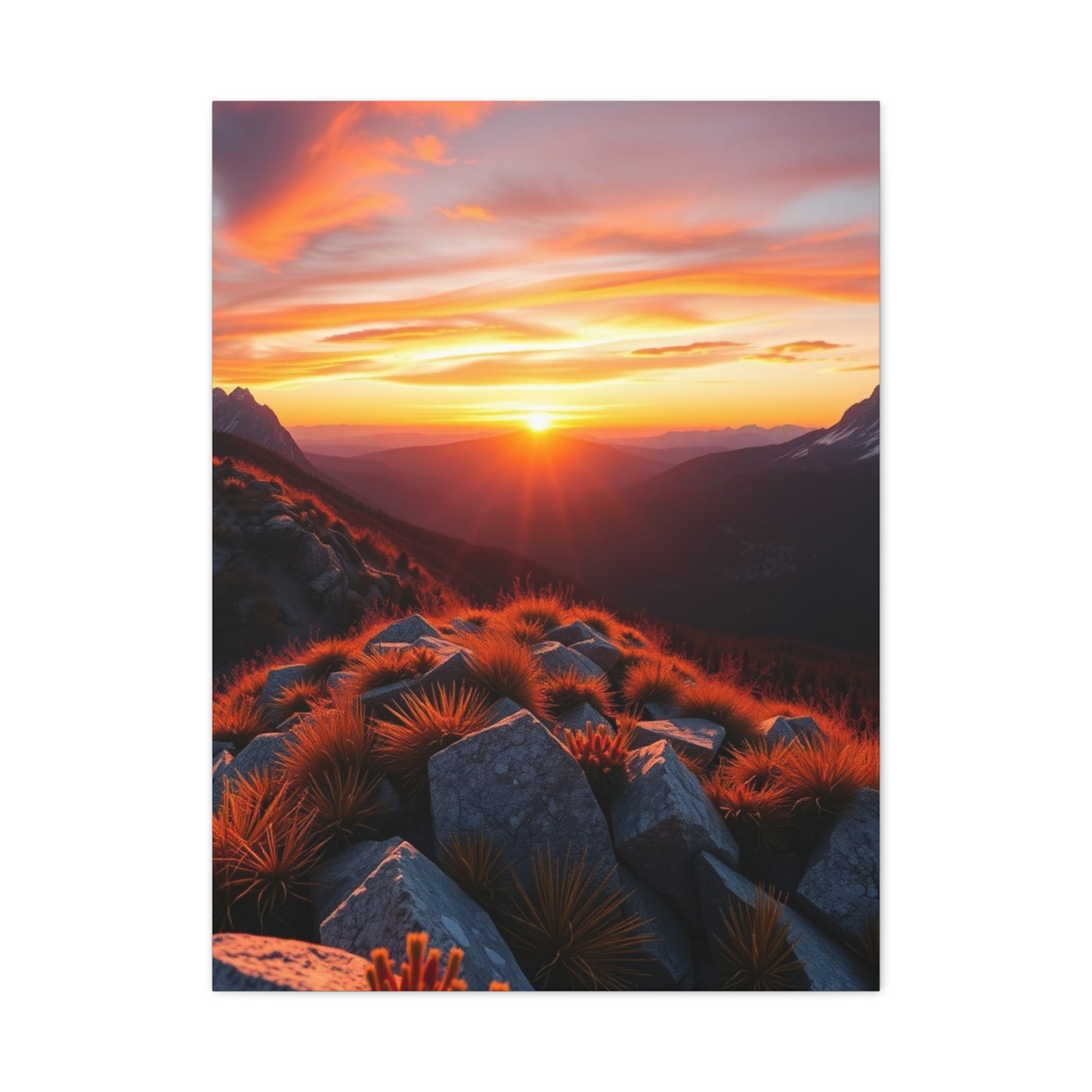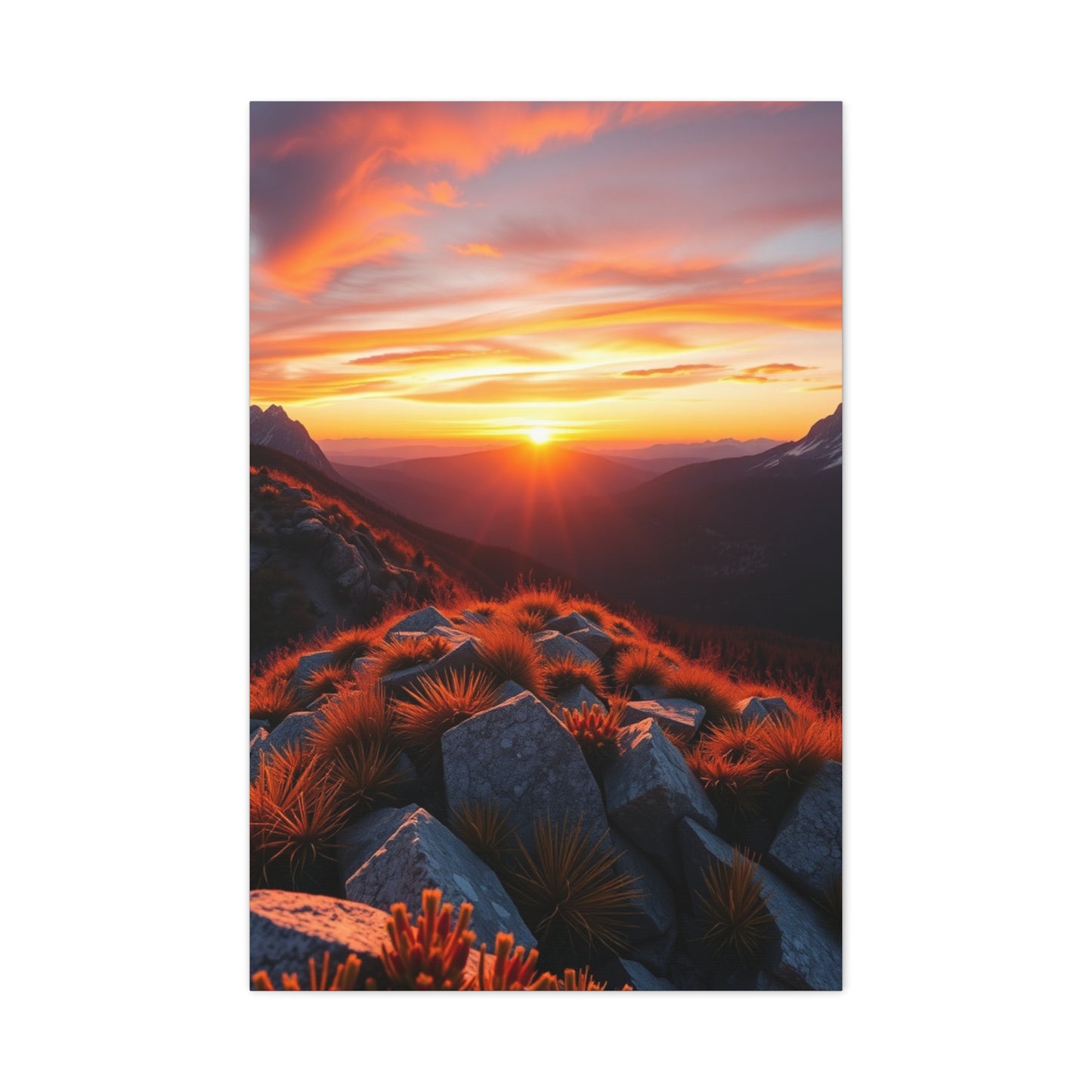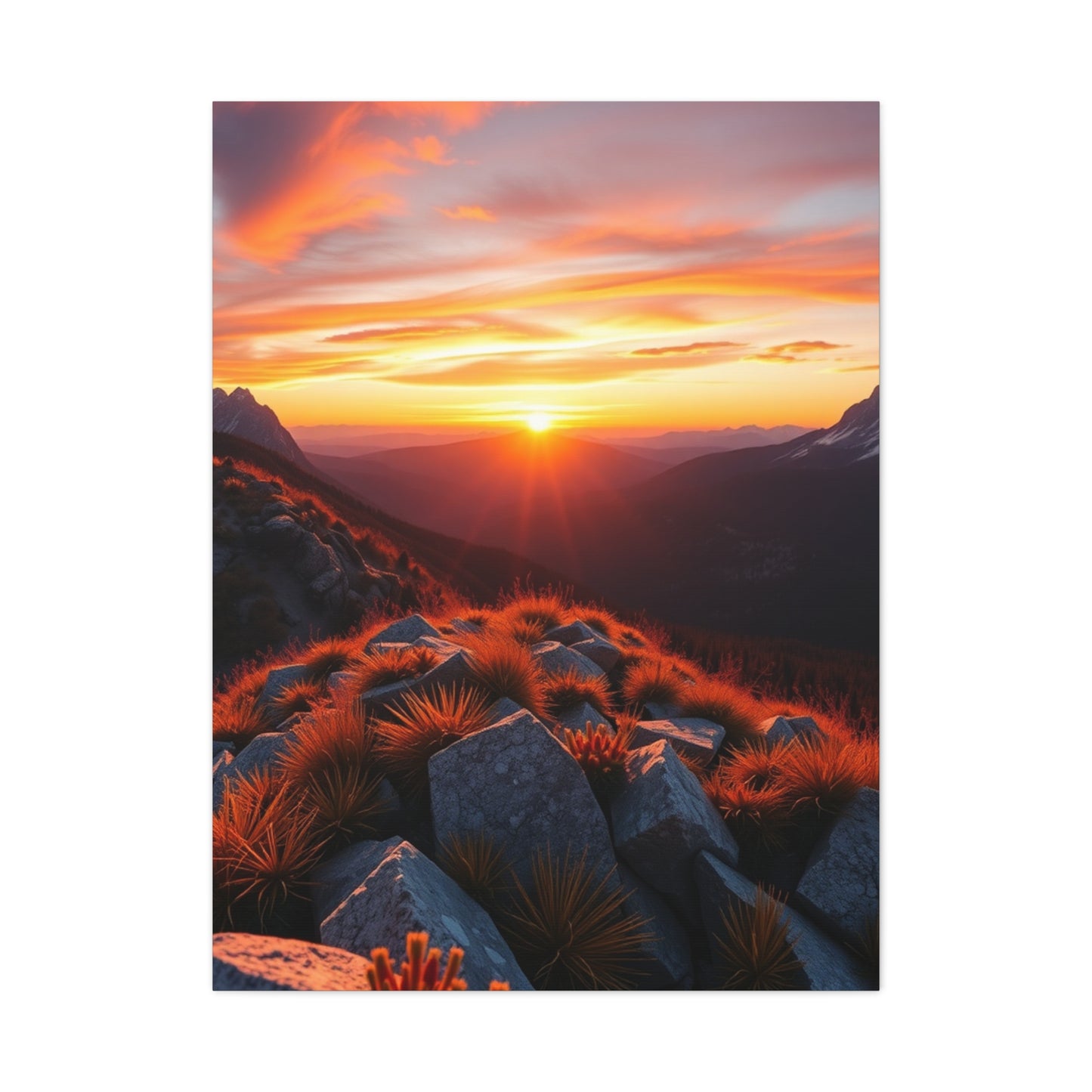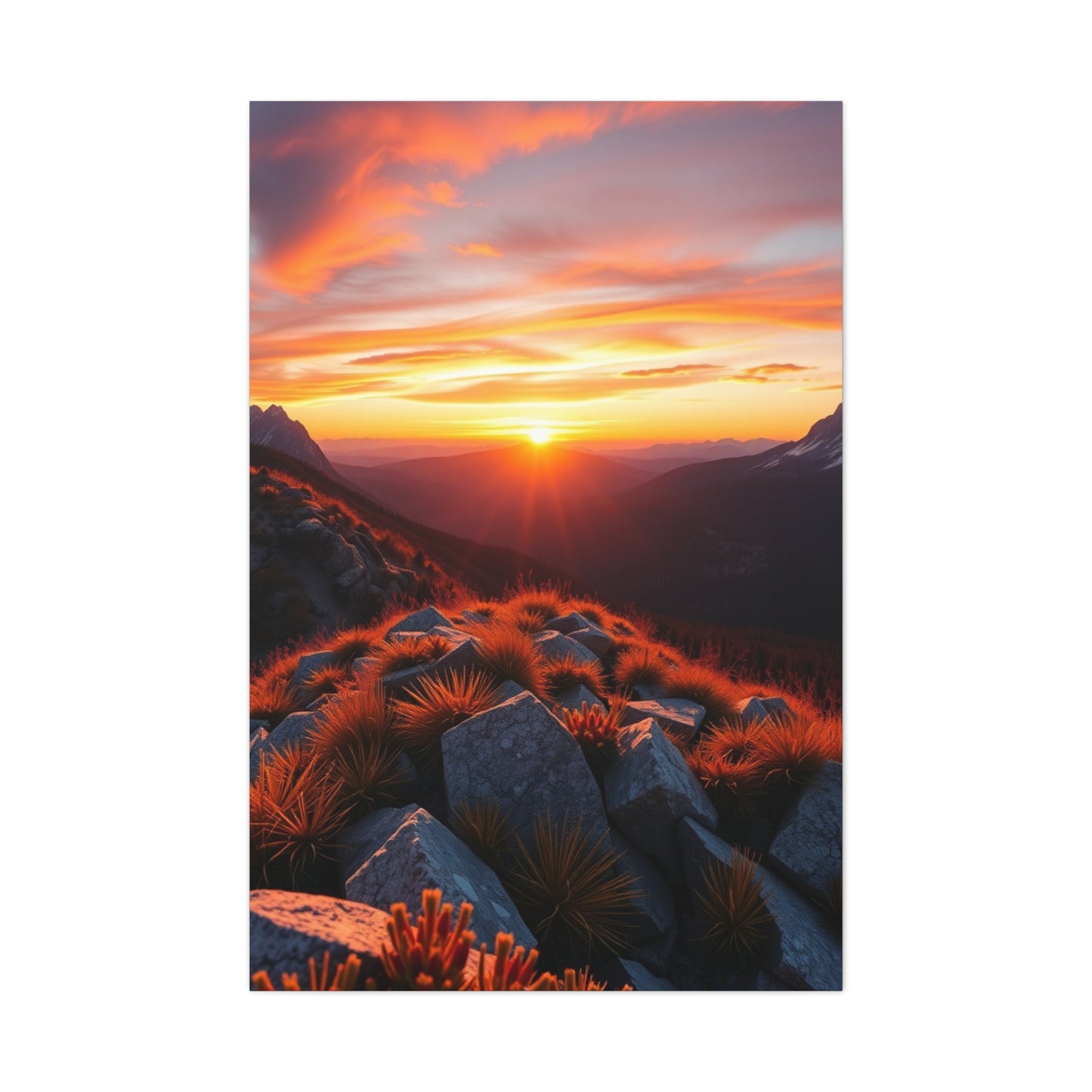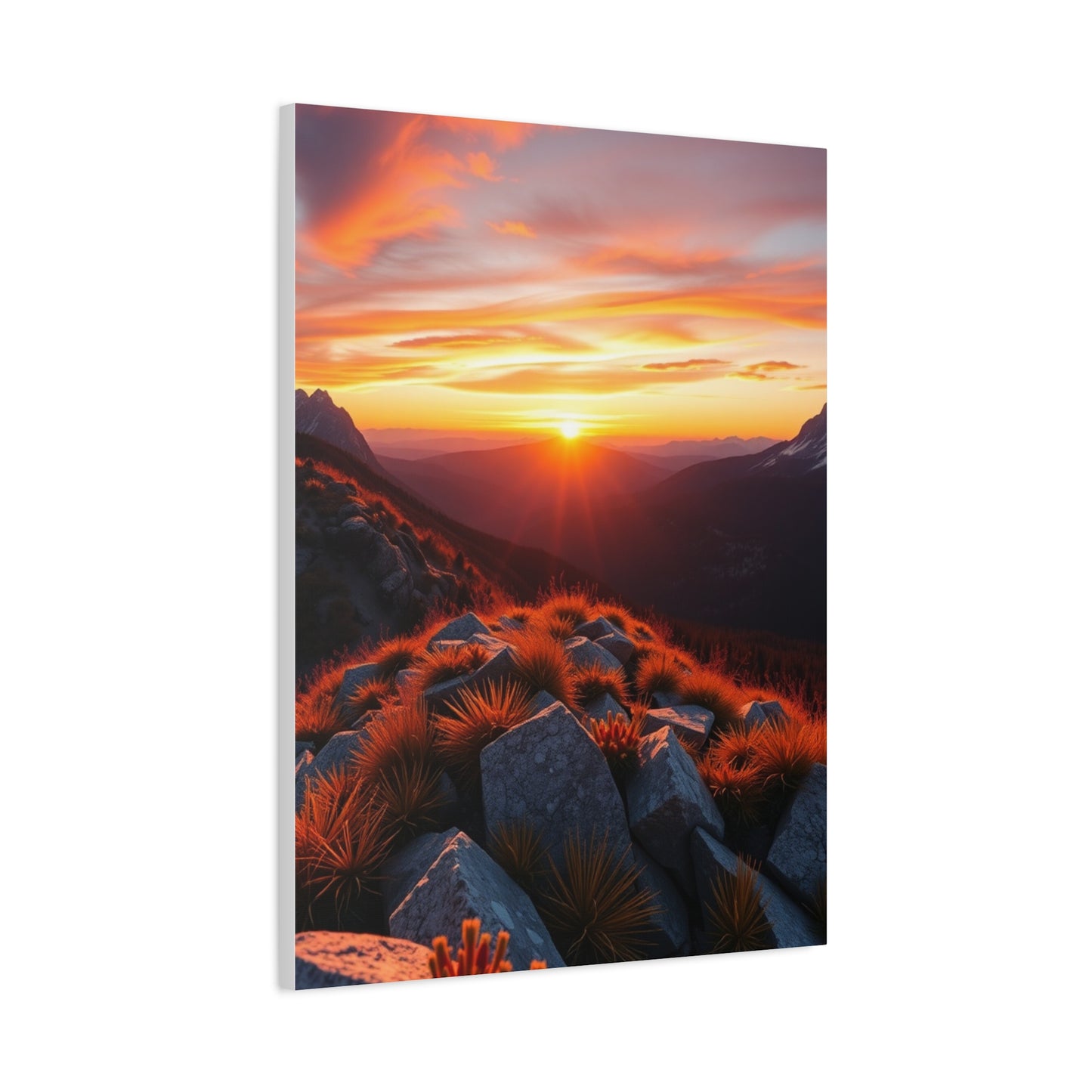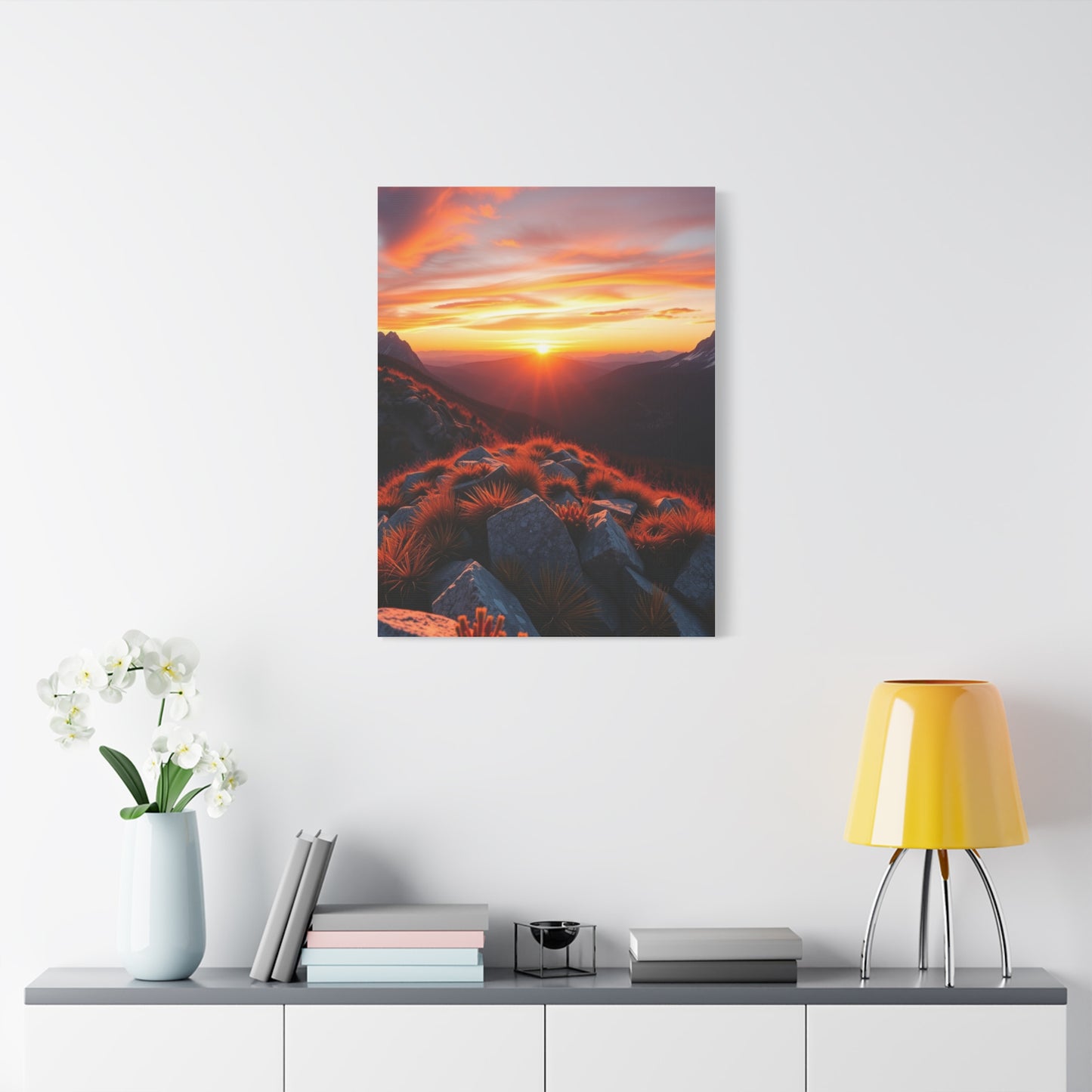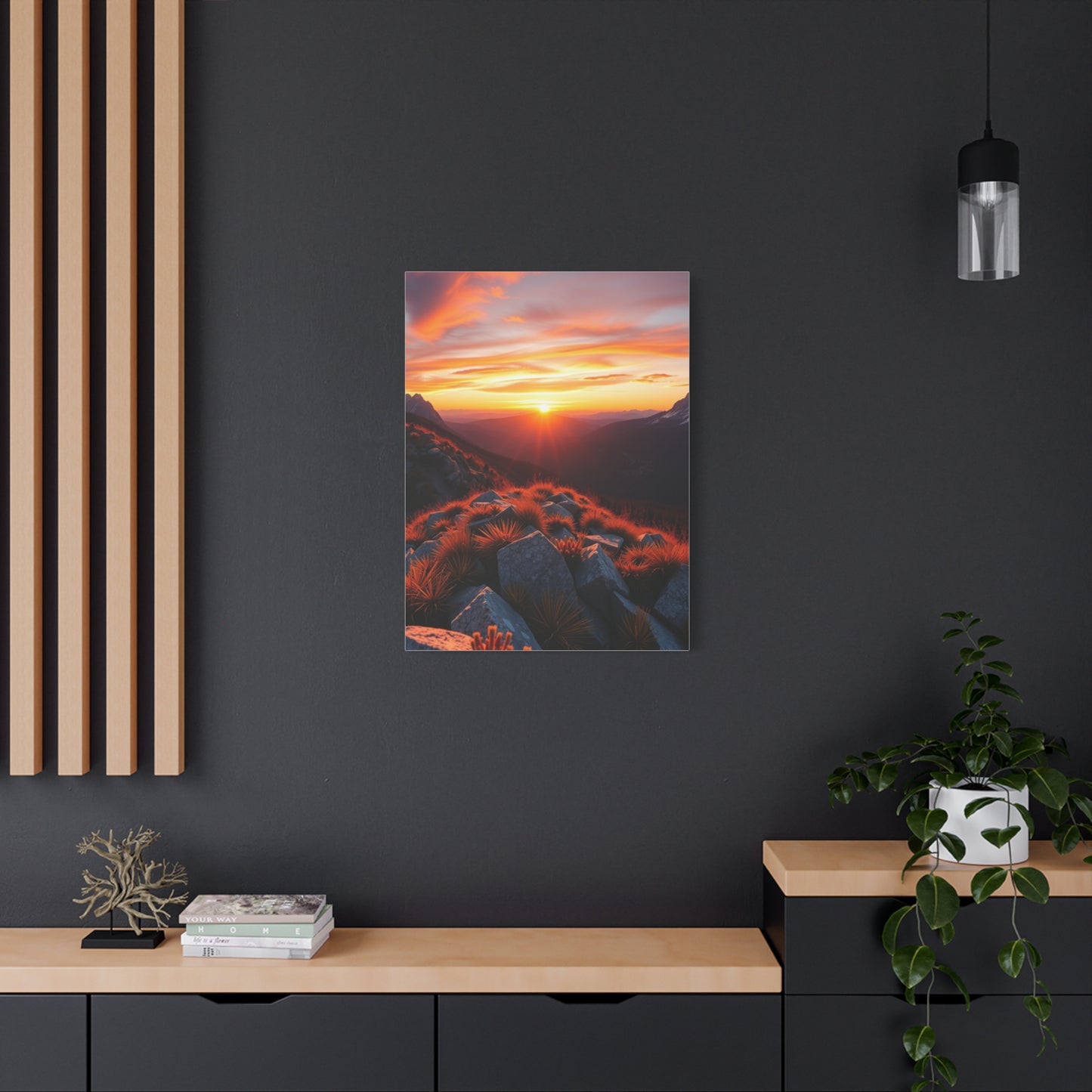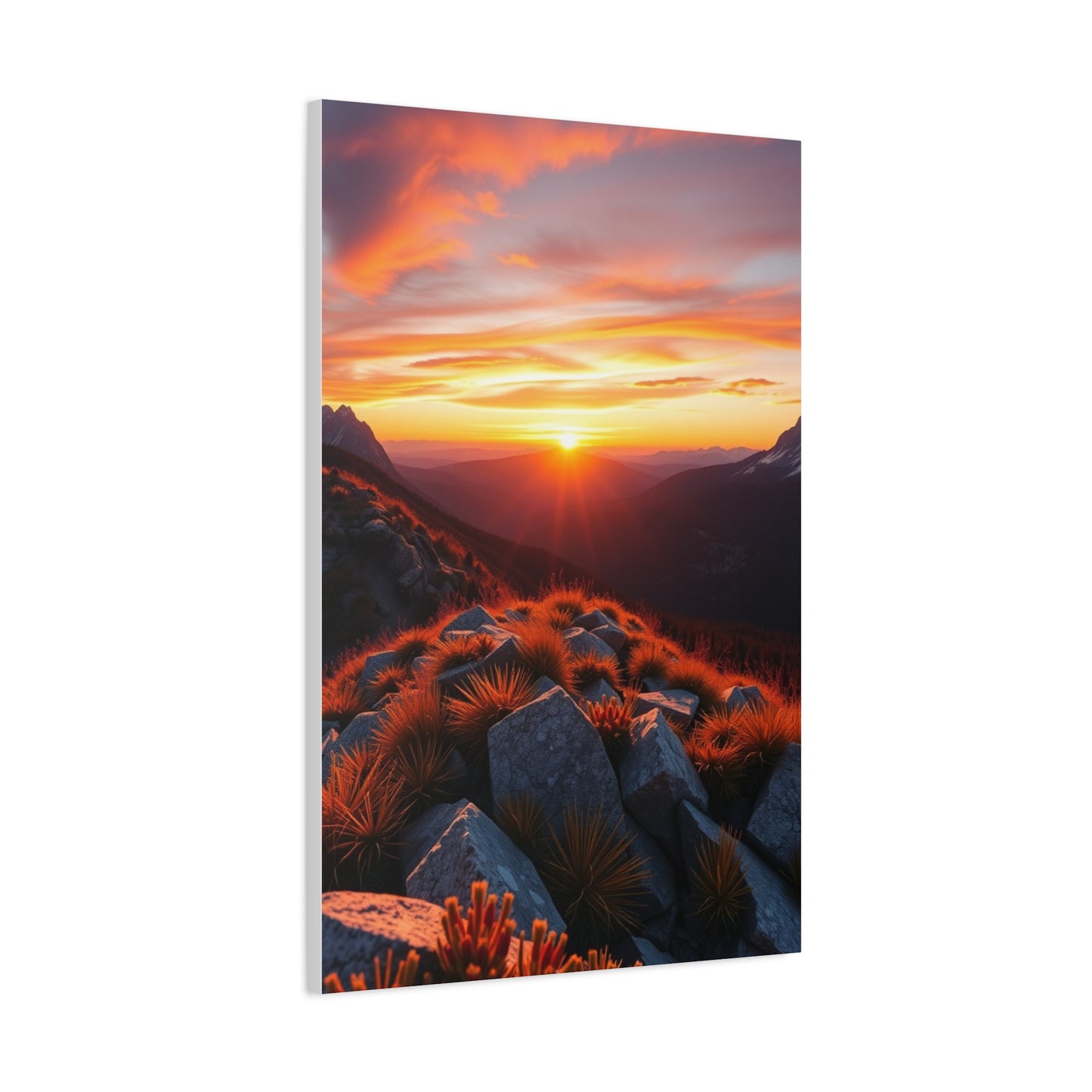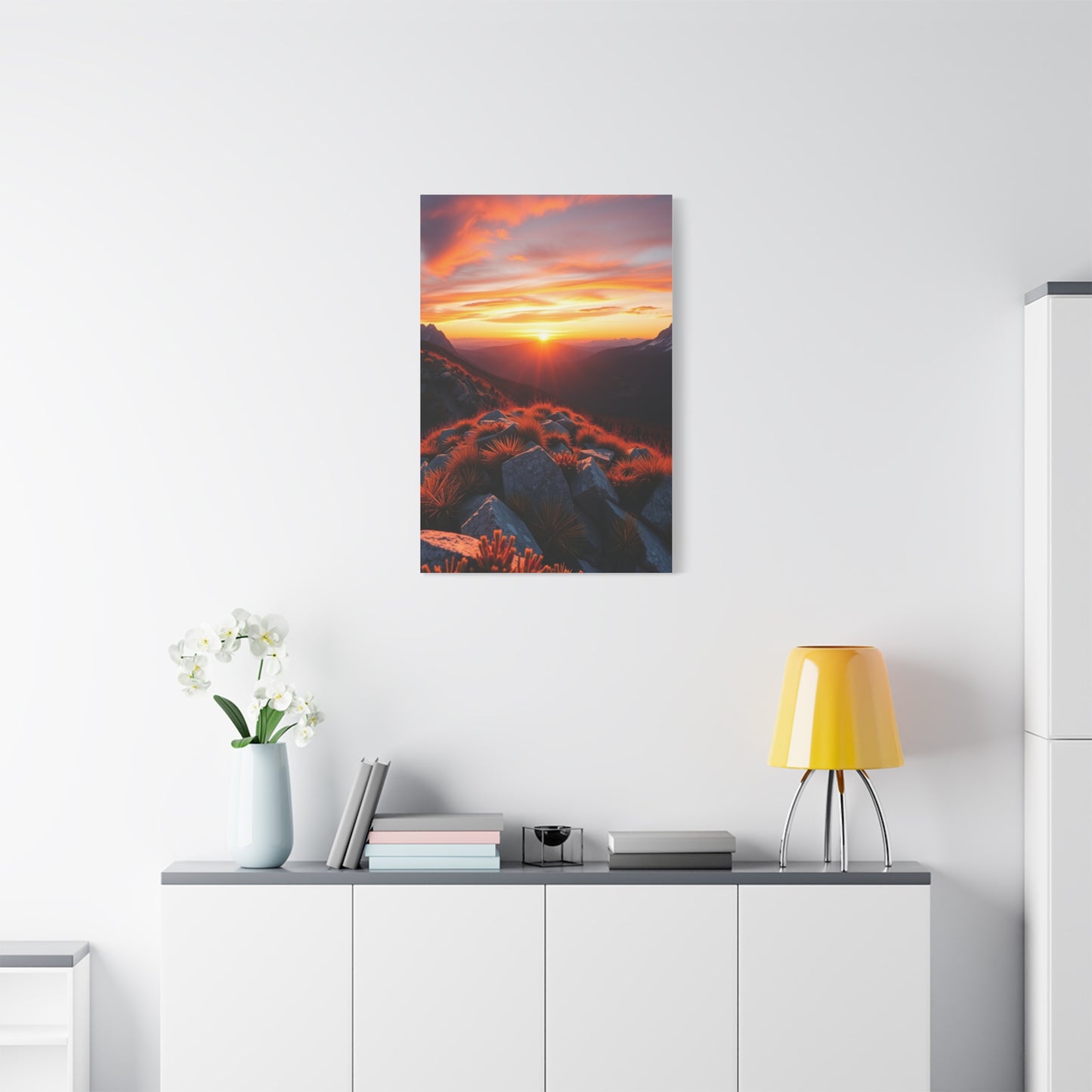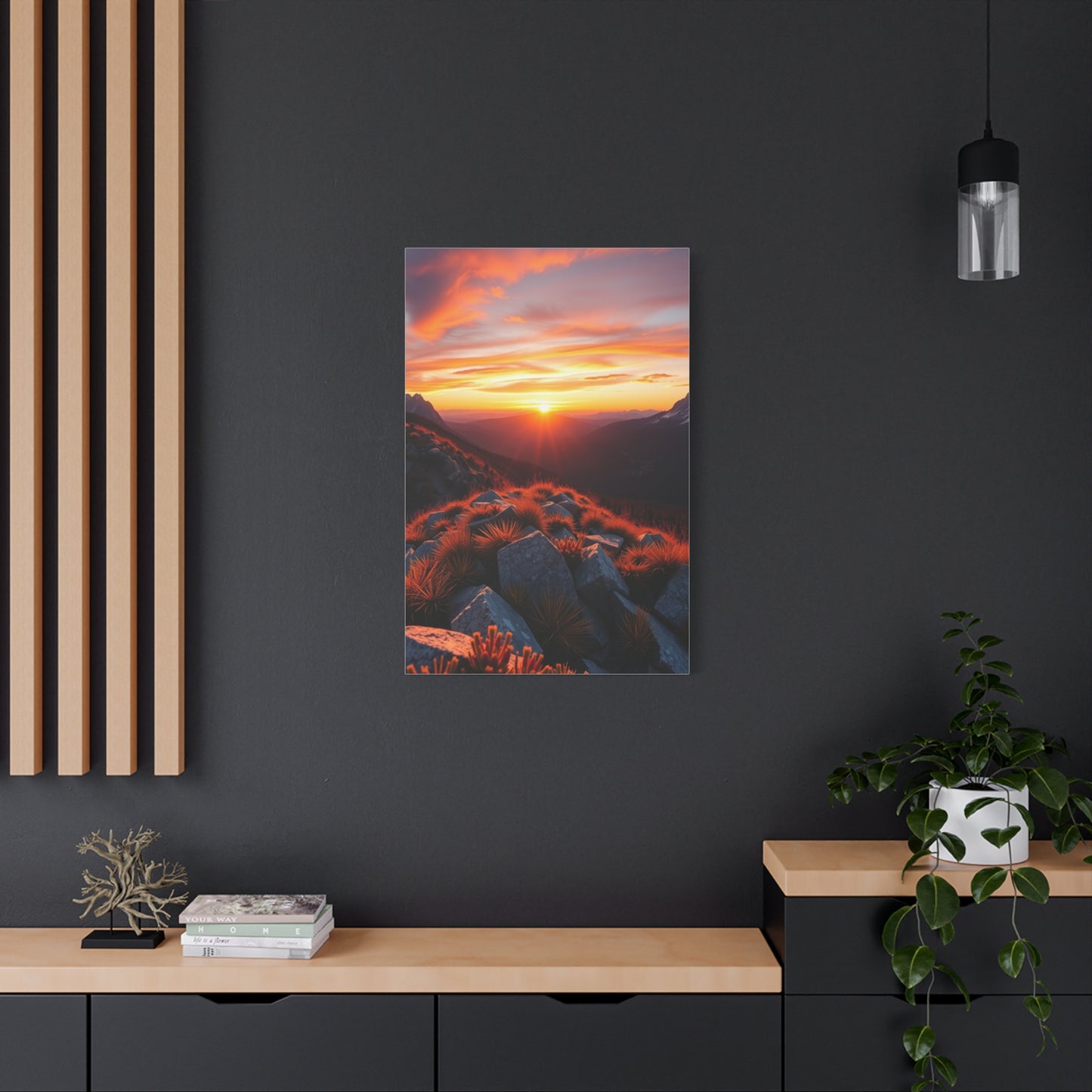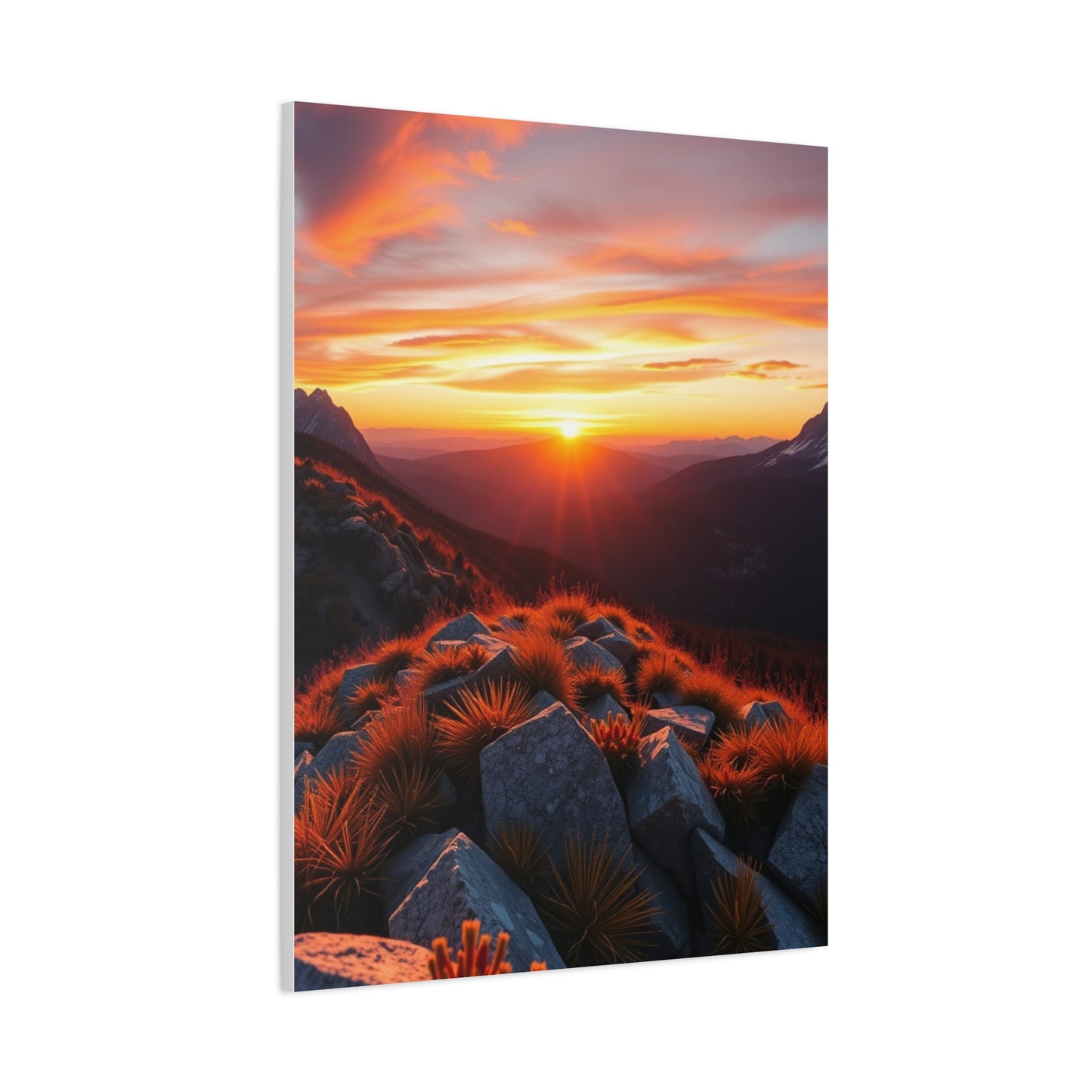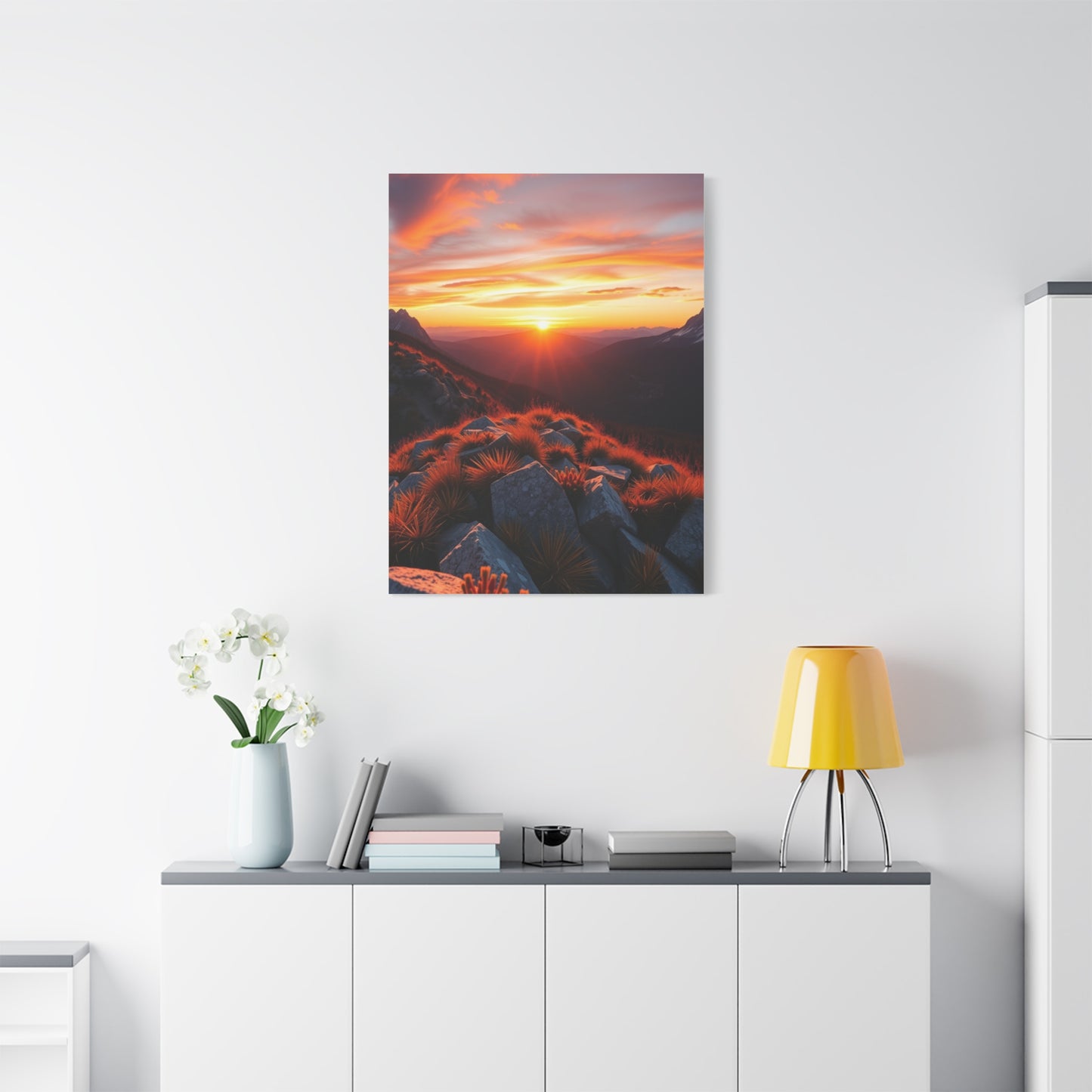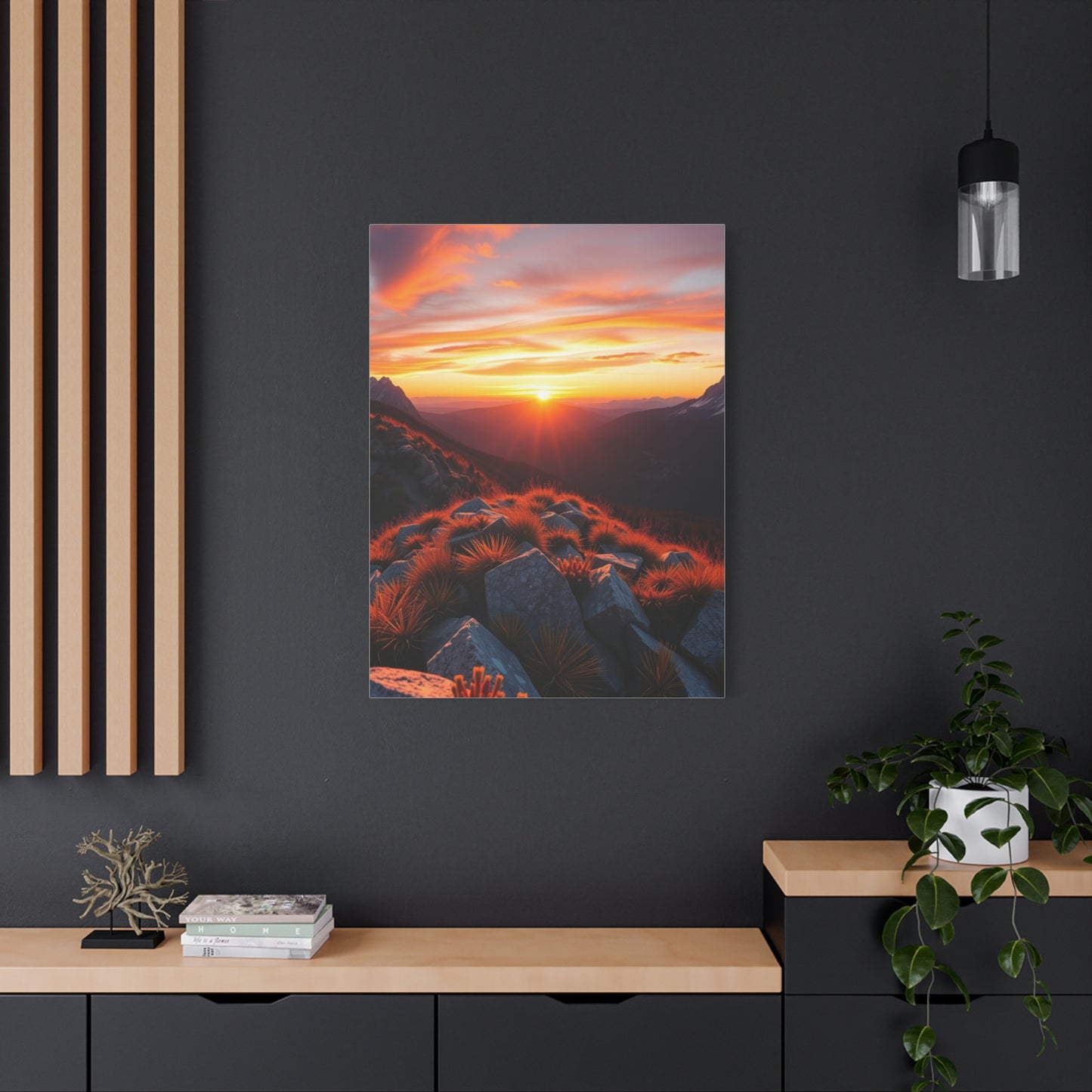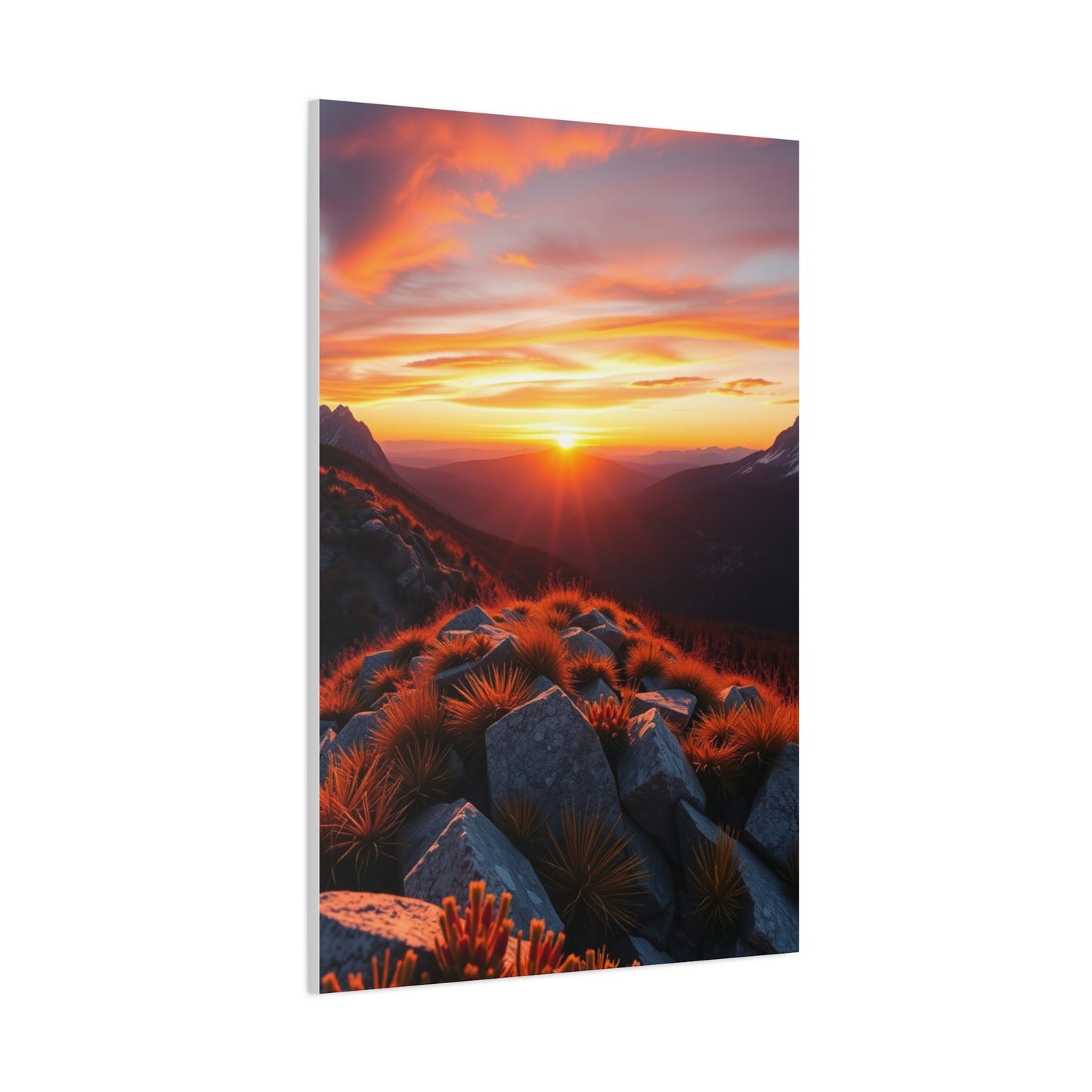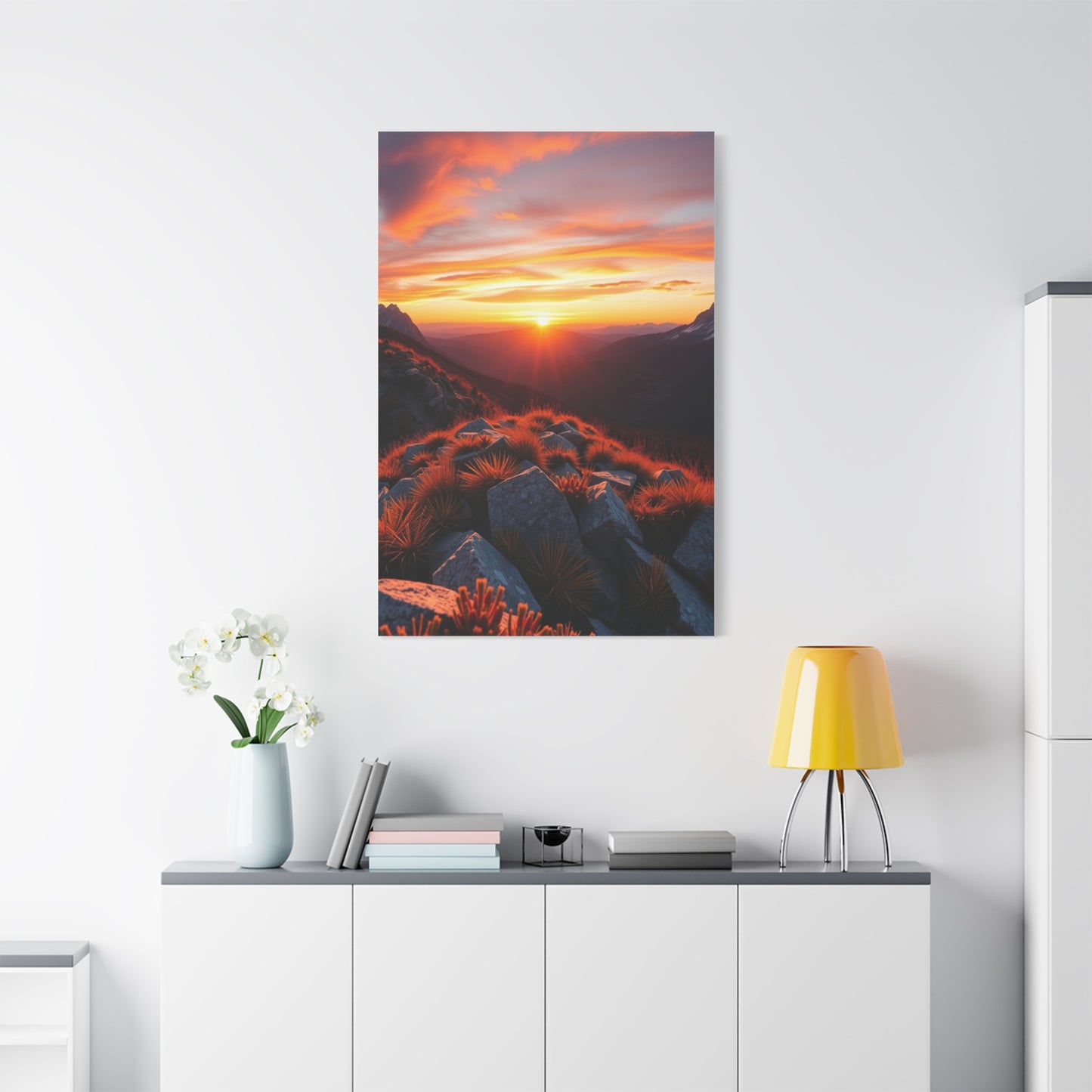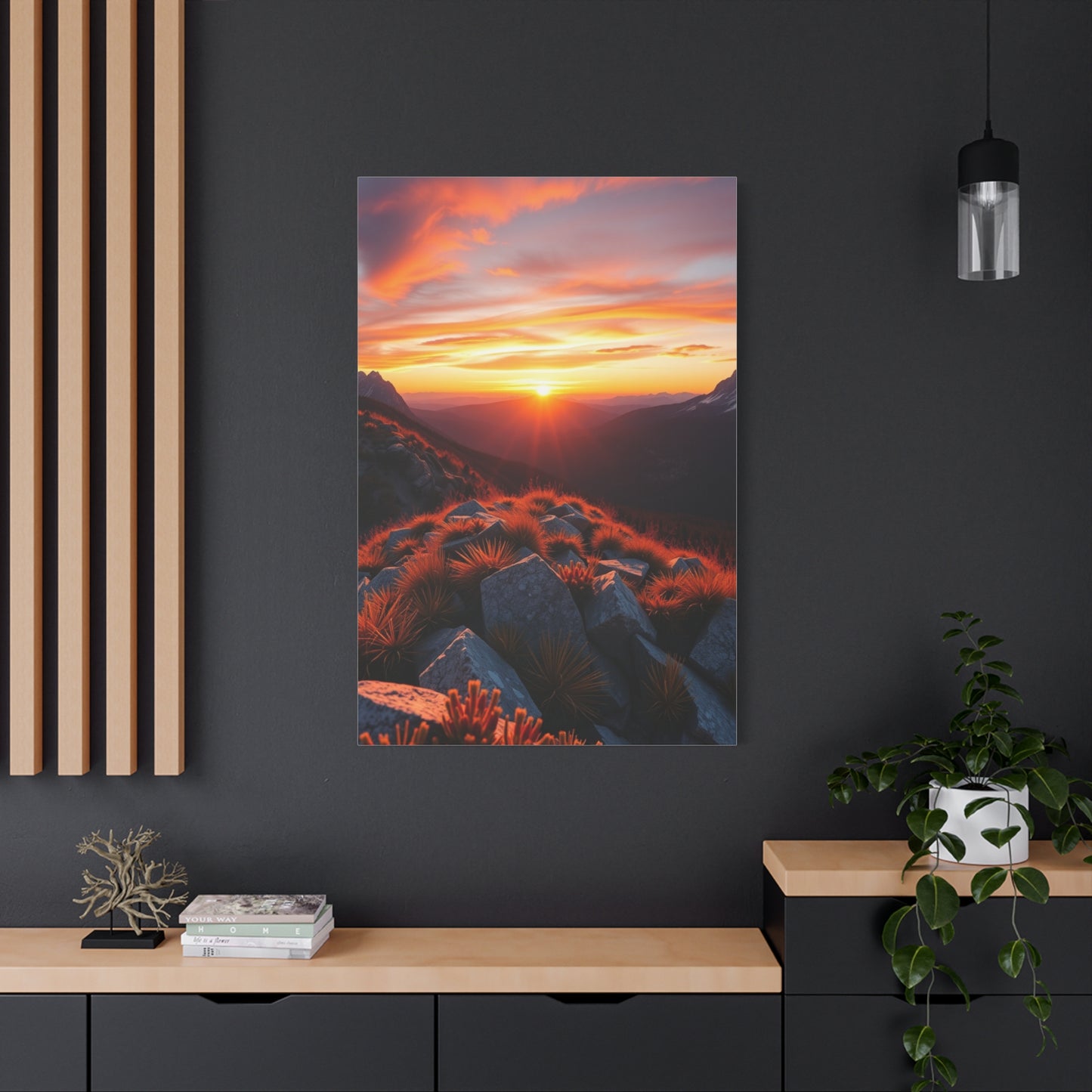Celestial Horizons: Transform Your Living Space with Aurora Twilight pinnacle panorama Wall Art
The mesmerizing phenomenon of natural light displays has captivated humanity for centuries, inspiring artists and photographers to capture these ethereal moments in time. When we talk about decorative pieces featuring celestial displays against mountain peaks during the magical hour between day and night, we enter a realm where nature's grandeur meets artistic expression. These stunning visual representations bring the wonder of remote wilderness locations directly into your living space, creating an atmosphere of tranquility and awe.
The combination of atmospheric light phenomena with dramatic mountain landscapes creates a powerful visual narrative that speaks to our innate connection with the natural world. This type of decorative imagery captures not just a moment, but an entire emotional experience, transporting viewers to pristine wilderness locations where the sky dances with colors and the earth stands as a silent witness to nature's greatest spectacle. The interplay between the glowing celestial display and the rugged terrain creates a dynamic composition that draws the eye and captivates the imagination.
Modern printing technology has advanced to the point where these natural wonders can be reproduced with stunning accuracy and vibrancy. High-resolution imagery combined with premium materials ensures that every subtle gradient, every dancing light particle, and every detailed rock formation is preserved in exquisite detail. The result is a piece that doesn't just decorate a wall but transforms an entire room, creating a focal point that commands attention while maintaining a sense of peaceful elegance.
The Phenomenon of Celestial Art in Modern Decor
The rising popularity of celestial themes in contemporary home design reflects a deeper cultural yearning for connection to the natural world and the cosmos. As daily life becomes increasingly characterized by digital screens and artificial lighting there is a distinct subconscious drive to integrate elements that evoke awe, mystery and organic grandeur. Celestial art in its many forms acts as a visual antidote to the mundane. It pushes the boundaries of the room suggesting infinite space beyond the walls. The specific appeal of Northern Lights art lies in its duality; it is both wildly energetic and deeply meditative. Unlike static landscapes the aurora is a dynamic energy field frozen in time, a representation of raw cosmic power translated into gentle flowing light.
Modern decor which often favors clean lines and open spaces finds a perfect counterpart in this fluidity. A minimalist room for example risks feeling cold or impersonal without a strong emotional anchor. An Aurora Twilight pinnacle panorama Wall Art piece provides that essential warmth and narrative complexity without cluttering the physical space. Designers are increasingly using these large-format prints as the single dominating piece in a room allowing it to speak volumes. This approach satisfies the principles of modern aesthetics where function and form are paramount and less is genuinely more. The visual impact of such a piece can also influence the perceived size of a room. The deep blues and blacks of the night sky coupled with the expansive sweeping nature of the panorama create an illusion of depth that can dramatically enlarge a smaller area.
Furthermore the colors of the aurora naturally harmonize with the current trends in interior design which favor muted earthy tones punctuated by bursts of vibrant deep jewel colors. The pinks and magentas of the twilight sky integrate seamlessly with velvet textures and brass accents while the dominant greens and blues ground the space in tranquility. This artistic phenomenon is not just a trend, it is a sustained movement acknowledging the profound psychological effect of natural spectacles on human well-being and the elegant way that Aurora Twilight pinnacle panorama Wall Art can deliver that spectacle directly into the heart of the home. The sheer scale and detail of a panorama capture the vastness that modern urban environments often lack, providing a crucial sense of perspective and humility within the shelter of the home.
Defining the Aesthetic Power of Aurora Twilight pinnacle panorama Wall Art
To fully appreciate the design capability of Aurora Twilight pinnacle panorama Wall Art it is necessary to deconstruct its unique aesthetic components distinguishing it from standard landscape or abstract pieces. The power lies in the convergence of three key elements: the Aurora itself, the Twilight setting and the Pinnacle Panorama format. The aurora represents dynamic light and color, a phenomenon born of solar winds interacting with the Earth’s atmosphere providing hues that are simultaneously intense and translucent. This quality means the art subtly shifts in appearance based on the ambient light of the room offering different viewing experiences throughout the day and night. The twilight element is crucial; it provides the deep indigo and slate gray backdrop against which the aurora performs.
This specific blend of colors avoids the starkness of pure black night adding layers of depth and mystery essential for an appealing interior piece. The twilight transition is where the most striking color contrasts occur creating a sense of ethereal drama. Finally the pinnacle panorama format is what grants the art its architectural significance. A panorama by definition is a wide sweeping view often exceeding a 2:1 or 3:1 aspect ratio. This horizontally expansive format naturally draws the eye across the entire composition mirroring the way one views a real horizon.
This expansive quality makes the art inherently suitable for placement over sofas, headboards or long console tables maximizing the visual flow of a room and avoiding the boxed-in feeling that smaller square art can sometimes create. The pinnacle aspect implies the highest quality of capture and representation ensuring that the resolution detail and color fidelity are absolutely paramount. This high fidelity is non-negotiable for large-scale displays as any imperfection is magnified. When these three attributes coalesce the resulting wall art ceases to be a mere decoration and becomes a portal an architectural intervention that expands the perceived boundaries of the room and bathes the interior in the cosmic glow of a moment captured forever at the peak of its spectacular beauty. It is the definition of a statement piece.
From Cave Paintings to Digital Panoramas
The human fascination with celestial events and the practice of depicting them on interior surfaces is deeply rooted in history, a tradition that long precedes the advent of modern Aurora Twilight pinnacle panorama Wall Art. Evidence of sky worship and astronomical documentation is found in paleolithic cave paintings where dots and lines are believed to represent stellar constellations marking the earliest forms of celestial art. Ancient civilizations like the Egyptians and Mayans covered temple walls and tombs with intricate murals depicting gods, celestial bodies and cosmic narratives demonstrating that linking the interior world to the heavens has always been a way to imbue a space with spiritual and cultural significance.
Throughout the Renaissance and Baroque periods astronomical phenomena were often allegorized in frescoes and ceiling paintings such as those found in grand European palaces where the goal was explicitly to elevate the viewer by creating an illusion of boundless space above them essentially making the ceiling a personalized firmament. The evolution to modern wall art is marked by technological progress particularly in photography and printing. Early 20th-century landscape photography sought to capture the grandeur of the American West in panoramic formats setting the stage for wide-format appreciation. However it is the development of ultra-high-resolution digital photography and advanced printing on materials like acrylic and metal that has made the capturing and reproduction of the subtle complex light of the Northern Lights truly feasible on the scale of a pinnacle panorama.
This modern capability allows the current generation to experience in their homes what was once reserved for the remote few who witnessed the event in person or the extremely wealthy who commissioned massive historical paintings. The contemporary Aurora Twilight pinnacle panorama Wall Art therefore stands as the latest chapter in a millennia-old dialogue between humanity and the stars continuing the legacy of using celestial imagery to define and dignify the spaces we inhabit connecting the everyday to the eternal.
Northern Lights Imagery
The profound psychological impact of featuring a natural spectacle like the aurora in one's home cannot be overstated, a benefit that goes far beyond mere aesthetic pleasure. Northern Lights imagery is intrinsically linked to feelings of awe, wonder and humility which psychological studies suggest are crucial for well-being, reducing stress and increasing life satisfaction. The sheer scale and vibrant energy contained within a large Aurora Twilight pinnacle panorama Wall Art piece elicit the sublime feeling of being overpowered by something immense and beautiful yet safe within one’s domestic environment. This contained grandeur offers a powerful emotional release.
Furthermore the colors themselves have therapeutic qualities. The deep blues and purples associated with the twilight sky are inherently calming and are known to promote relaxation and aid in sleep making this art form particularly well-suited for bedrooms or quiet study areas. The occasional bursts of vibrant green and pink provide just enough visual energy to prevent the scene from becoming overly sedate introducing a sense of hope and dynamism. The movement suggested by the swirling curtain-like lights even though static on the print encourages a gentle form of visual meditation allowing the viewer’s mind to wander and de-stress.
For many the aurora represents something rare and unattainable a bucket-list experience. By installing a piece of Aurora Twilight pinnacle panorama Wall Art homeowners bring this aspiration into their daily lives creating a constant reminder of the world's beauty and vastness. This daily dose of natural magnificence can significantly improve mood and provide a necessary escape from the stresses of work and urban living transforming a simple wall into a source of emotional renewal and cosmic perspective a silent yet powerful therapeutic presence in the home.
Selecting the Perfect Location for Your Celestial Display
The impact of an Aurora Twilight pinnacle panorama Wall Art piece is heavily dependent on its placement within the interior architecture, a decision that requires careful consideration of viewing angles, light sources and surrounding decor. As a pinnacle panorama the artwork demands a significant horizontal space and should almost always be installed as the primary focal point of a room. The ideal location is on the largest uninterrupted wall where it can be viewed from the main entrance or seating area without obstruction. Common choices include the wall above a living room sofa, a dining room sideboard or the headboard wall in a master bedroom.
Crucially the distance from the art to the primary viewing point should allow the entire panorama to be taken in at once without the viewer having to move their head which typically requires a viewing distance of at least twice the width of the art itself for maximum immersive effect. Avoid placing the artwork directly opposite a window or a strong light source that could cause significant glare on the print's surface especially if it has a high-gloss finish like acrylic or metal. Glare will obscure the subtle details and colors of the twilight setting. Instead leverage adjacent walls or ceiling spots to strategically illuminate the art allowing the colors of the aurora to truly pop against the twilight backdrop without being washed out.
The artwork's environment should be minimal. Because the panorama is so rich in color and detail the surrounding walls and accessories should adopt a more neutral or complementary palette allowing the celestial display to remain the undisputed star. Finally consider the art's narrative direction; place a panorama that draws the eye toward an open space in the room rather than one that visually terminates at a doorway or corner thereby using the expansive nature of the Aurora Twilight pinnacle panorama Wall Art to enhance the feeling of spatial freedom and flow within the home's design. This meticulous placement ensures the artwork fulfills its potential as a defining architectural and emotional element.
The Artistic Excellence Behind Panoramic Nature Photography
Panoramic format photography represents one of the most challenging and rewarding genres in visual arts. Unlike standard rectangular compositions, the extended horizontal format demands careful consideration of visual balance, leading lines, and narrative flow across a much wider canvas. When applied to celestial light displays above mountain peaks, this format becomes particularly powerful, allowing the full sweep of the natural spectacle to unfold before the viewer's eyes.
Professional photographers often spend countless hours, sometimes days or even weeks, waiting for the perfect conditions to capture these extraordinary moments. The alignment of atmospheric conditions, celestial activity, weather patterns, and lighting must all converge in a fleeting window of opportunity. This dedication to craft ensures that each image carries within it not just technical excellence but also the photographer's intimate understanding of the landscape and its moods.
The color palette in these compositions typically features ethereal greens, purples, blues, and sometimes pinks that seem almost otherworldly in their intensity. These hues are set against the deeper tones of twilight, creating a natural contrast that enhances the sense of depth and drama. The foreground mountain peaks, often rendered in silhouette or bathed in the last light of day, provide a grounding element that anchors the composition and gives scale to the celestial display above.
Choosing the Perfect Location for Your Canvas Display
The placement of large-format decorative pieces requires thoughtful consideration of multiple factors including viewing distance, lighting conditions, and the overall design scheme of your space. A panoramic piece featuring celestial displays works exceptionally well in spaces where you want to create a sense of expansiveness and connection to nature. Living rooms with high ceilings particularly benefit from these horizontal compositions, as they help to visually widen the space and create a more balanced proportion between wall height and horizontal expanse.
Bedroom environments offer another ideal location for these calming natural scenes. The serene color palette and tranquil subject matter promote relaxation and contemplation, making them perfect companions for restful spaces. Positioning such artwork above a bed creates a focal point that draws the eye upward, encouraging a sense of openness and possibility. The gentle colors associated with celestial displays can also influence the mood of the space, promoting a sense of peace and wonder.
Office and workspace environments increasingly recognize the value of bringing natural elements into professional settings. Studies have shown that exposure to nature imagery can reduce stress, improve focus, and enhance creative thinking. A panoramic celestial display in a conference room or private office creates an inspiring backdrop that encourages big-picture thinking and innovation. The vast scale of these natural phenomena serves as a reminder of larger perspectives and possibilities.
The Science and Beauty of Natural Light Phenomena
The atmospheric conditions that create dancing lights in polar and near-polar regions involve complex interactions between solar particles and the Earth's magnetic field. When charged particles from solar winds collide with gases in the atmosphere, they release energy in the form of visible light. Different atmospheric gases produce different colors, with oxygen creating green and red hues, while nitrogen produces blue and purple tones. This natural light show occurs primarily in high-latitude regions, making it a relatively rare sight for most of humanity.
Understanding the scientific basis of these phenomena adds depth to our appreciation of artistic representations. The dynamic, ever-changing nature of these displays means that no two moments are ever identical. Photographers who specialize in capturing these events must possess not only technical skill but also a deep understanding of atmospheric conditions, solar activity forecasts, and optimal shooting locations. This expertise ensures that the images used in decorative prints represent truly exceptional moments when all factors aligned perfectly.
The twilight hour, that magical time between day and night, adds another layer of complexity and beauty to these compositions. During this brief window, the sky transitions through a spectrum of colors, from deep blues to vibrant purples and warm oranges near the horizon. When celestial light displays occur during this time, the result is a multi-layered color experience that combines the natural sunset palette with the ethereal glow of atmospheric phenomena, creating scenes of unparalleled beauty.
Material Quality and Print Technology Considerations
The foundation of any exceptional canvas print lies in the quality of materials used in its production. Premium canvas materials feature tightly woven fibers that provide a smooth, consistent surface for ink application while maintaining the characteristic texture that distinguishes canvas from other print media. The weight and density of the fabric directly impact durability and the final appearance of the image. Heavier canvases typically resist sagging over time and provide better color saturation.
Modern printing technology employs sophisticated techniques to ensure color accuracy and longevity. Advanced systems can reproduce millions of color variations, capturing the subtle gradients and tonal transitions that characterize celestial displays. The ink formulation plays a crucial role in both immediate visual impact and long-term preservation. Archival-quality materials resist fading from UV exposure, humidity, and other environmental factors that can degrade lesser prints over time.
The coating applied to finished prints serves multiple protective functions. It shields the image from airborne pollutants, moisture, and physical contact while also enhancing color vibrancy and providing a consistent finish across the entire surface. Different coating options can produce varying aesthetic effects, from matte finishes that minimize glare to satin finishes that offer subtle light reflection, adding depth to the image. The choice of coating should consider both the visual preferences of the viewer and the lighting conditions of the installation location.
Sizing Strategies for Maximum Visual Impact
The dimensions of decorative wall pieces significantly influence their impact on a space. Panoramic formats naturally lend themselves to larger sizes, as their extended horizontal proportions benefit from scale. When considering celestial display imagery, larger formats allow viewers to become immersed in the scene, experiencing the vastness of the sky and the majesty of the mountain landscape in a more visceral way. The sense of standing beneath an infinite sky becomes more tangible as the size of the piece increases.
However, scale must be balanced with the proportions of the room and the viewing distance from the piece. A general guideline suggests that the width of wall art should occupy between one-half and three-quarters of the available wall space for optimal visual balance. In rooms where seating is positioned for direct viewing, the distance from the seating area to the wall should be approximately one and a half to two times the width of the artwork. This ensures that viewers can take in the entire composition comfortably without needing to scan back and forth.
Multi-panel installations offer an alternative approach to achieving impressive scale while adding dimensional interest to the presentation. Breaking a panoramic scene across multiple canvases creates natural pause points for the eye and can add a contemporary aesthetic element to the display. The spacing between panels becomes part of the overall design, and careful consideration of these gaps ensures that the image flow remains coherent while the multi-panel format adds its own visual interest.
Installation Methods and Professional Presentation
The method of mounting and displaying canvas prints directly affects both their appearance and longevity. Traditional stretched canvas mounting involves wrapping the printed canvas around a wooden frame, creating a three-dimensional object that stands away from the wall. The depth of this frame typically ranges from three-quarters of an inch to two inches, with deeper frames creating more dramatic shadow lines and a more substantial presence. The edges of the canvas can be finished in various ways, including gallery wrapping where the image continues around the sides, or solid color edges that create a more traditional framed appearance.
Floating mount installations create a modern, gallery-style presentation by suspending the canvas slightly away from the wall using standoffs or mounting systems. This technique casts a shadow behind the piece, creating visual separation from the wall and adding depth to the display. Floating mounts work particularly well with contemporary interior design schemes and can make the artwork appear to hover in space, enhancing its ethereal quality. This mounting style also allows air circulation behind the canvas, which can be beneficial in humid environments.
For those seeking a more traditional or formal presentation, framing remains a classic option. Frame selection should complement rather than compete with the artwork, with consideration given to both the color palette of the image and the existing decor. Simple, clean-lined frames in neutral tones often work best with nature imagery, allowing the scene itself to remain the focal point. However, more ornate framing can add a sense of importance and permanence to the piece, particularly in traditional or eclectic interior design schemes.
Integrating Natural Imagery into Various Design Styles
Contemporary minimalist design schemes benefit enormously from the addition of large-scale nature imagery. The clean lines and uncluttered spaces characteristic of minimalist interiors provide the perfect backdrop for dramatic natural scenes. The artwork becomes a carefully chosen accent that provides visual interest and emotional warmth without violating the minimalist principle of restraint. The horizontal format of panoramic pieces aligns well with the geometric emphasis of contemporary design, creating visual harmony through form as well as content.
Traditional and transitional interior styles can also successfully incorporate celestial display imagery, though the approach differs. In these settings, the artwork might be balanced with other decorative elements and coordinated with existing color schemes. The natural color palette of these scenes often includes hues that can be echoed in textiles, accessories, and other decor elements, creating a cohesive design narrative throughout the space. The sense of timelessness inherent in natural landscapes complements traditional design's emphasis on enduring appeal.
Scandinavian and Nordic design philosophies, with their emphasis on nature connection and light, find a natural partner in celestial display imagery. These design approaches often incorporate nature-inspired elements and cool color palettes, making this type of artwork feel like an organic extension of the overall aesthetic. The sense of space and light evoked by these images aligns perfectly with Scandinavian design's goals of creating bright, airy, welcoming environments that acknowledge the importance of natural elements even in modern urban settings.
The Environmental Connection and Biophilic Design
Biophilic design, which seeks to connect building occupants more closely to nature, has gained significant recognition in both residential and commercial architecture. This design philosophy recognizes that humans have an innate need to connect with natural environments and that this connection provides measurable benefits to health, wellbeing, and productivity. Visual representations of nature, particularly those depicting dramatic natural phenomena, serve as powerful tools for maintaining this connection in spaces where direct access to nature may be limited.
Research in environmental psychology has demonstrated that exposure to nature imagery can reduce stress hormones, lower blood pressure, and improve overall mood. These benefits occur even when the exposure is indirect, through photographs or artwork rather than direct outdoor experience. The particular appeal of celestial displays lies in their combination of familiar natural elements, like mountains and sky, with the extraordinary phenomenon of atmospheric light shows. This blend of the familiar and the wondrous creates a particularly powerful emotional response.
The choice to incorporate nature imagery into living and working spaces represents more than aesthetic preference; it reflects an understanding of human psychological needs and a commitment to creating environments that support wellbeing. In urban settings where opportunities for regular nature contact may be limited, such imagery serves as a constant reminder of the natural world and our connection to it. This visual anchor can help maintain perspective and provide a sense of grounding amid the demands of contemporary life.
Color Coordination and Interior Harmony
Successfully integrating large-scale artwork into existing decor requires consideration of color relationships and visual balance. The color palette of celestial displays typically features cool tones that can serve as either a complement or contrast to existing room colors. In spaces dominated by warm neutrals like beiges, tans, and warm grays, the cool tones of these natural scenes provide refreshing contrast while the neutral elements in the composition provide harmonious connection points.
The technique of pulling accent colors from artwork to inform other decor choices creates cohesive, intentional-feeling spaces. The various hues present in celestial display imagery offer numerous possibilities for coordination. Throw pillows, area rugs, curtains, or decorative accessories in complementary shades can create visual connections that tie the room together. This approach works across various design styles, from contemporary to traditional, though the specific application differs according to the overall aesthetic.
Lighting design plays a crucial role in how artwork is perceived and how it integrates with the surrounding space. The colors and details in celestial display prints can appear quite different under various lighting conditions. Natural daylight reveals the full spectrum of colors and subtle details, while warm artificial lighting can enhance certain tones while muting others. Dedicated artwork lighting, such as picture lights or adjustable track lighting, ensures that the piece is always presented at its best regardless of ambient light conditions. The direction, intensity, and color temperature of lighting should all be considered when planning the installation.
Seasonal Versatility and Year-Round Appeal
Unlike artwork depicting specific seasons or holidays, celestial display imagery maintains its relevance and appeal throughout the year. The timeless quality of these natural phenomena means they never feel out of season or dated. This year-round appropriateness makes them particularly valuable investment pieces for home decor, as they require no rotation or seasonal storage. The sense of wonder and connection to nature they provide remains constant regardless of the calendar.
The cool color palette associated with these natural displays brings a sense of freshness that can be particularly welcome during warmer months. The suggestion of northern latitudes and cool atmospheric conditions creates a psychological cooling effect that complements summer living. Conversely, during winter months, the same imagery evokes cozy feelings of being safely indoors while marveling at nature's winter spectacle. This psychological flexibility allows the artwork to harmonize with seasonal changes in the viewer's mindset and environmental preferences.
The ability of celestial display imagery to maintain relevance across seasons also reflects its connection to fundamental human experiences rather than temporary trends. The awe inspired by natural phenomena transcends cultural and temporal boundaries, making these images universally resonant. This universal appeal ensures that such artwork will remain meaningful and valued regardless of changing design trends or personal style evolution. The investment in quality nature imagery proves wise over the long term as its appeal endures where more trendy pieces might date.
Maintenance and Long-Term Care Guidelines
Proper care ensures that canvas prints maintain their beauty and structural integrity for many years. Regular maintenance primarily involves dusting, which should be done gently using a soft, dry cloth or a specialized microfiber duster. Dusting should always proceed in the same direction rather than circular motions, which can grind particles into the canvas texture. This simple routine, performed every few weeks, prevents the accumulation of dust and airborne particles that can dull the appearance of the print over time.
Avoiding direct sunlight represents one of the most important protective measures for preserving print quality. Even with UV-resistant coatings and fade-resistant materials, prolonged exposure to direct sunlight can gradually affect colors over time. If a sun-exposed location is unavoidable, UV-filtering window treatments or artwork-specific UV-protective glass can provide additional protection. Positioning artwork on walls that receive indirect rather than direct light offers the best long-term preservation while still allowing the piece to be visible and appreciated.
Humidity and temperature fluctuations pose risks to canvas integrity and should be minimized where possible. Extreme humidity can cause canvas to expand and contract, potentially leading to warping or loosening on the stretcher frame. Similarly, very dry conditions can make canvas brittle and prone to cracking. Maintaining relatively stable indoor climate conditions benefits not only artwork but also other furnishings and occupant comfort. In particularly challenging climates, dehumidifiers or humidifiers may be necessary to maintain optimal conditions. Avoiding installation in bathrooms or directly above heating sources helps prevent exposure to extreme conditions.
The Gift of Natural Wonder
Celestial display imagery makes an exceptional gift choice for numerous occasions and recipients. The universal appeal of natural beauty combined with the wow factor of these dramatic scenes makes such pieces suitable for housewarming gifts, wedding presents, significant birthdays, or retirement celebrations. The gift of meaningful artwork demonstrates thoughtfulness and provides lasting value, serving as a permanent reminder of the giver's consideration and the special occasion being marked.
For individuals who have experienced travel to regions where these natural phenomena occur, artwork depicting these displays carries additional sentimental value. It serves as a tangible connection to memories of extraordinary experiences and adventures. Even for those who have not yet witnessed these displays in person, such imagery can represent aspirations and dreams, serving as inspiration for future travels or simply as a window into natural wonders they might never otherwise encounter.
The versatility of this type of imagery in terms of both aesthetic appeal and psychological impact makes it appropriate for recipients with varying tastes and living situations. Whether the recipient favors contemporary or traditional design, lives in a spacious home or compact apartment, enjoys bold statements or subtle elegance, appropriately sized celestial display artwork can find a welcome place in their environment. This adaptability increases the likelihood that the gift will be appreciated, displayed, and valued for years to come.
Commercial and Professional Space Applications
Beyond residential settings, dramatic nature imagery serves important functions in commercial and professional environments. Medical and dental offices increasingly recognize the value of calming imagery in reducing patient anxiety. Waiting rooms and treatment areas featuring serene natural scenes help create a more relaxed atmosphere, potentially improving patient experiences and outcomes. The specific choice of celestial displays with their cool, calming color palettes and suggestion of vast, peaceful spaces makes them particularly suitable for healthcare environments.
Corporate offices and professional workspaces benefit from artwork that inspires without distracting. The combination of visual interest and serene subject matter in celestial display imagery strikes an ideal balance, creating focal points that can provide momentary mental breaks while maintaining a professional atmosphere. Conference rooms particularly benefit from large-scale installations that create impressive backdrops without competing with presentations or drawing attention away from discussions. The implicit message of broad perspectives and natural grandeur can subtly influence the tone of meetings and strategic discussions.
Hospitality environments including hotels, resorts, and restaurants use artwork strategically to create atmosphere and convey brand identity. For establishments emphasizing natural settings, outdoor experiences, or peaceful retreats, celestial display imagery reinforces these themes while adding visual drama. Large-scale installations in lobbies or dining areas create memorable impressions that contribute to the overall guest experience. The investment in quality artwork signals attention to detail and commitment to creating thoughtfully designed environments.
Cultural Significance and Universal Appeal
Throughout human history, celestial phenomena have held deep cultural significance across diverse societies. Indigenous peoples of northern regions have developed rich mythologies and spiritual traditions around these natural displays, often seeing them as manifestations of spiritual forces or ancestors. This cultural resonance adds depth to contemporary artistic representations, connecting modern viewers with ancient human responses to natural wonder. Understanding these cultural connections can deepen appreciation for the imagery beyond its surface beauty.
The universal human response to natural grandeur transcends cultural boundaries. While interpretations and mythologies differ, the fundamental experience of awe in the face of natural phenomena appears consistent across cultures and throughout history. This universality makes celestial display imagery accessible and meaningful to diverse audiences. In increasingly multicultural societies, artwork that speaks to shared human experiences rather than culture-specific references can serve as common ground, appreciated by people from various backgrounds.
The contemporary appreciation for these natural phenomena has been enhanced by increased accessibility through travel and photography. What was once known primarily to indigenous populations and polar explorers can now be witnessed by travelers from around the world and viewed through imagery by countless others. This democratization of access to natural wonders through visual media represents a significant shift in human culture, allowing more people to experience and appreciate the full diversity of natural phenomena our planet offers.
The Photography Journey and Artistic Process
Understanding the process behind capturing these extraordinary images adds another layer of appreciation for the final artwork. Photographers who specialize in celestial displays often travel to remote locations during the coldest months when activity is strongest and darkness provides the best viewing conditions. The physical challenges of working in extreme cold with sensitive electronic equipment require dedication and specialized knowledge. Camera settings must be carefully calibrated to capture both the bright atmospheric phenomena and the darker landscape elements in a single exposure or through carefully blended multiple exposures.
The waiting involved in this type of photography tests patience and persistence. Weather conditions must cooperate, with clear skies essential for visibility. Atmospheric activity must be sufficient to create visible displays. The moon phase matters, as too much moonlight can wash out the subtle colors. All these factors must align within the brief window when the photographer has traveled to a remote location, often at significant expense. The images that ultimately become available for printing represent rare moments when all conditions converged perfectly.
Post-processing plays a legitimate role in translating what the photographer witnessed into an image that conveys that experience to viewers. The human eye perceives colors and light differently than camera sensors, and skilled editing helps bridge this gap. The goal is not to create fiction but to produce an image that truthfully represents the emotional impact of the scene. Understanding that what we see in the final print represents both technical capture and artistic interpretation helps us appreciate the full creative process involved.
Investment Value and Art Collecting
Quality artwork, including professionally produced prints of exceptional photography, represents a form of investment beyond mere decoration. As the reputation of particular photographers or limited edition series grows, the value of individual pieces can appreciate. While not all decorative prints become valuable collectibles, those featuring exceptional images, limited edition numbering, and quality production materials have the potential to maintain or increase value over time.
The investment value depends partly on provenance and authenticity. Purchasing from reputable sources that provide certificates of authenticity, edition numbers, and information about the photographer and image origin helps establish value. Documentation of the work's history and origin becomes increasingly important if the piece is later sold or passed down through generations. Maintaining this documentation carefully ensures the piece's value is recognized and preserved.
Beyond potential financial appreciation, the personal value of living with meaningful artwork should not be discounted. The daily enjoyment, the conversations sparked with visitors, the personal meaning developed over years of living with a piece, all these intangible benefits represent genuine value that transcends market price. Choosing artwork based primarily on personal connection and daily enjoyment ensures satisfaction regardless of market trends or resale values.
Creating Gallery Walls and Multiple Piece Displays
While a single large panoramic piece creates impressive impact, some design approaches call for multiple pieces arranged in gallery wall configurations. Combining a primary celestial display piece with complementary smaller works can create visual interest through variation while maintaining thematic coherence. Supporting pieces might include detailed shots of landscape elements, abstract interpretations of light and color, or other nature photography that shares the color palette or mood of the primary work.
The arrangement of multiple pieces requires attention to balance, spacing, and visual flow. The goal is to create a cohesive composition where individual pieces relate to each other while the overall arrangement forms a satisfying whole. Templates and planning tools can help visualize arrangements before committing to nail holes. Generally, pieces should be spaced relatively close together, with two to six inches between frames, to create a unified display rather than scattered individual pieces.
Thematic consistency helps gallery walls feel intentional rather than random. When building around celestial display imagery, maintaining focus on natural subjects, cool color palettes, and complementary compositions ensures coherence. However, too much similarity can become monotonous; incorporating variation in scale, orientation, and specific subject matter within the overall theme creates visual interest. The challenge lies in achieving the right balance between unity and variety.
Integration and Smart Home Compatibility
Modern living spaces increasingly incorporate technology, and artwork can integrate with these systems in various ways. Programmable lighting systems can be adjusted to complement artwork viewing, with scenes programmed for different times of day or activities. Cool-toned lighting might enhance the colors in celestial display imagery during evening hours, while warmer settings during daytime create different moods. Smart lighting systems can gradually adjust throughout the day, responding to natural light levels and optimizing artwork visibility.
Some advanced installations incorporate digital frames or displays that can rotate through multiple images, though these serve different purposes than traditional canvas prints. For those who appreciate variety and have extensive image collections, such technology offers flexibility. However, the physical presence and consistent beauty of a single, carefully chosen canvas print offers its own advantages, including no ongoing energy consumption, no technical maintenance, and no screen glare.
Voice-controlled systems can integrate artwork into home automation routines. Custom commands might adjust room lighting to showcase artwork optimally, or initiate scenes that complement evening relaxation while highlighting the calming qualities of nature imagery. While these technological integrations aren't necessary for enjoying artwork, they represent options for those who enjoy maximizing their smart home capabilities.
The Environmental Message and Conservation Awareness
Bringing images of pristine natural environments into our daily lives can serve as subtle but constant reminders of what we're working to protect. As environmental concerns become increasingly pressing, maintaining awareness of natural beauty and the importance of conservation grows more important. Artwork depicting undisturbed natural phenomena can inspire environmental consciousness and support for conservation efforts without being overtly didactic.
Many photographers who specialize in natural phenomena are also environmental advocates, using their work to promote awareness and appreciation for wilderness preservation. Supporting these artists through purchase of their work often indirectly supports conservation efforts, as many donate portions of proceeds to environmental organizations. Understanding the connection between art and advocacy can add additional meaning to ownership of such pieces.
The conversation-starting nature of dramatic natural imagery provides opportunities to discuss environmental topics with guests and family members. A striking celestial display piece naturally prompts questions about where it was taken, what creates the phenomenon, and whether the viewer has seen such displays in person. These conversations can lead to broader discussions about climate change, light pollution, wilderness preservation, and individual actions that support environmental health. Art becomes not just decoration but a catalyst for meaningful dialogue.
Conclusion:
The decision to incorporate celestial phenomenon imagery into your living or working space represents more than a decorative choice; it reflects a commitment to surrounding yourself with beauty, meaning, and connection to the natural world. The marriage of artistic vision with natural grandeur creates pieces that transcend mere decoration, becoming windows into experiences of awe and wonder that our ancestors might have considered sacred or supernatural. In our contemporary world, where technology often mediates our relationship with nature, these direct visual representations of natural phenomena provide vital connection points.
The panoramic format proves particularly powerful for this type of imagery, allowing the full sweep of sky and landscape to unfold in a way that draws viewers into the scene. The horizontal expanse mirrors our natural field of vision, creating compositions that feel immediately accessible while maintaining a sense of grandeur. Whether positioned in residential spaces where they provide daily inspiration and tranquility, or in commercial environments where they create atmosphere and convey values, these pieces perform multiple functions simultaneously.
Quality matters profoundly in art that will occupy prominent positions in your daily environment. The investment in superior materials, printing technology, and professional installation ensures that the piece remains beautiful and structurally sound for decades. Proper care and maintenance preserve this investment, allowing future generations to enjoy the same sense of wonder that attracted you initially. The timeless nature of quality natural imagery means it never goes out of style, adapting to changing decor and design trends while maintaining its fundamental appeal.
The psychological benefits of living with nature imagery extend beyond immediate aesthetic pleasure. Research continues to demonstrate that visual connections to nature reduce stress, improve focus, enhance creativity, and contribute to overall wellbeing. In spaces where we spend significant portions of our lives, these benefits accumulate over time, subtly but meaningfully improving quality of life. The choice to prioritize such imagery in our environments represents an investment in mental and emotional health as much as in visual appeal.
For those who have experienced these natural phenomena firsthand, the artwork serves as a tangible connection to powerful memories and experiences. For those who aspire to witness these displays in person, the piece becomes a source of inspiration and a reminder of goals. And for those who simply appreciate natural beauty, the daily opportunity to contemplate such grandeur provides ongoing enrichment. Regardless of personal history or future plans, the universal human response to natural magnificence ensures that such artwork remains meaningful and valued.

